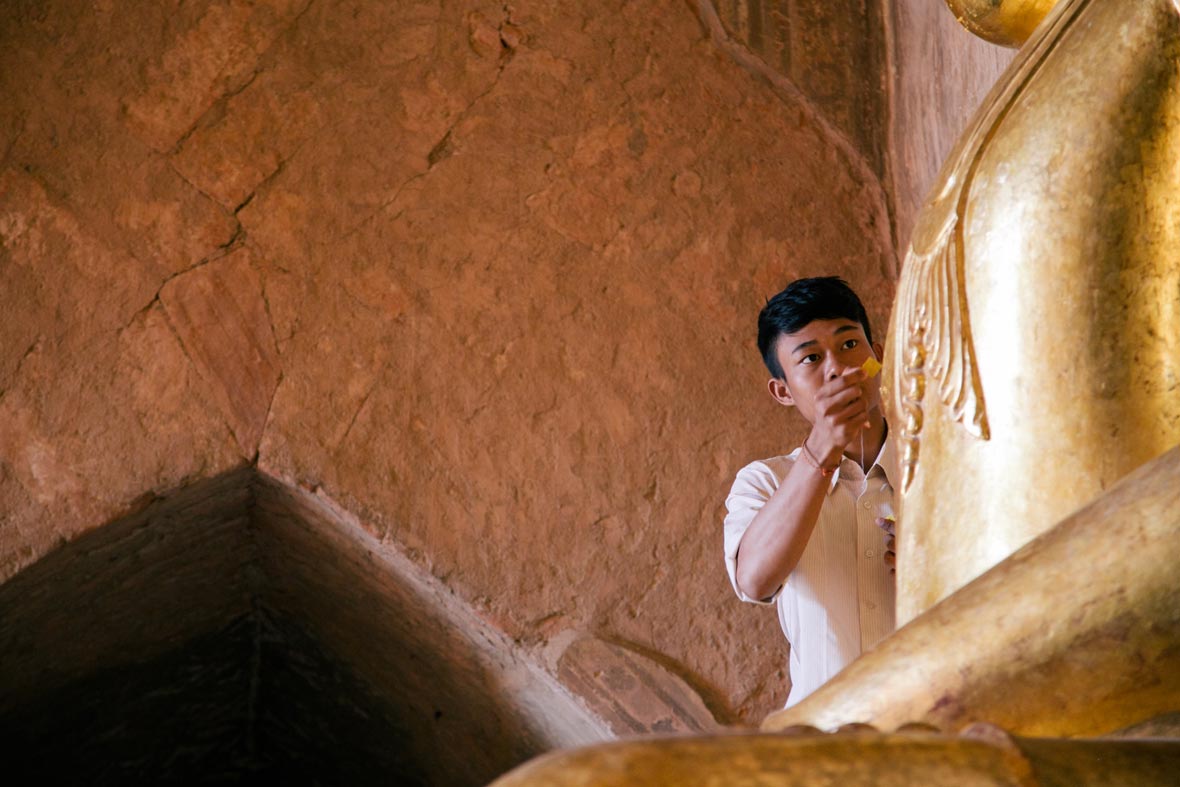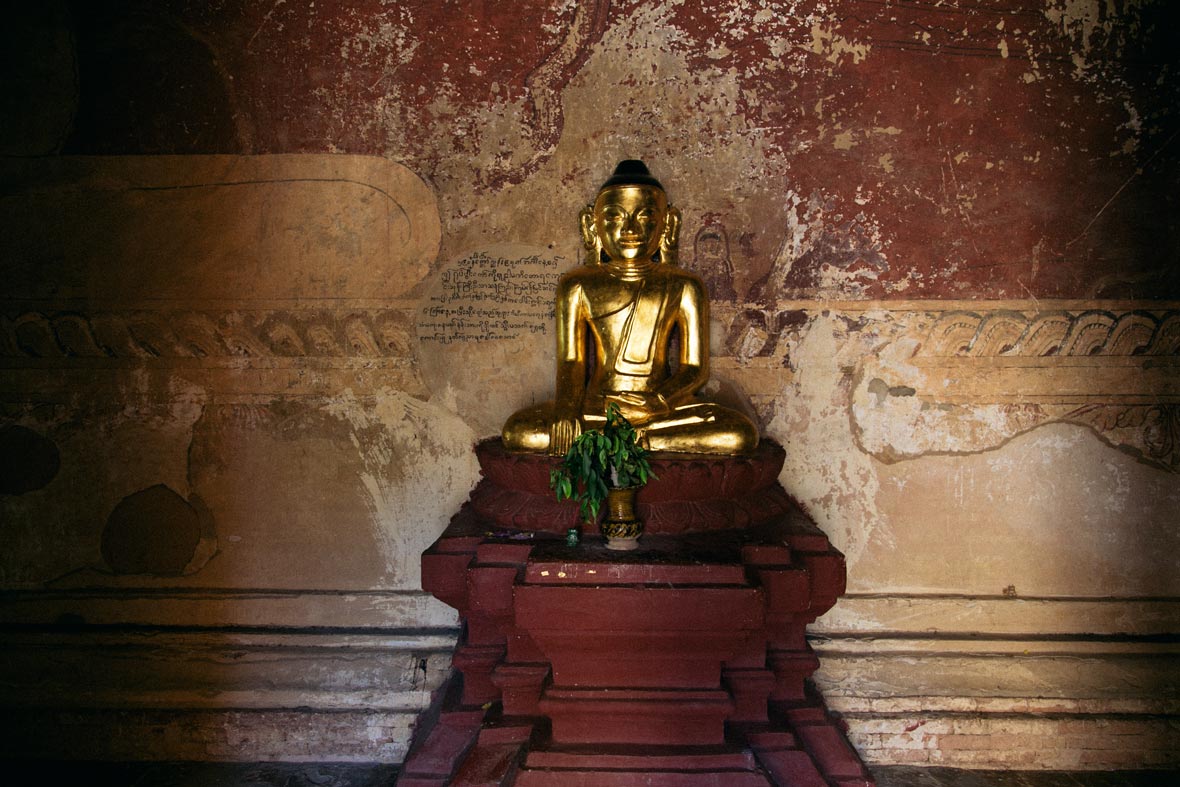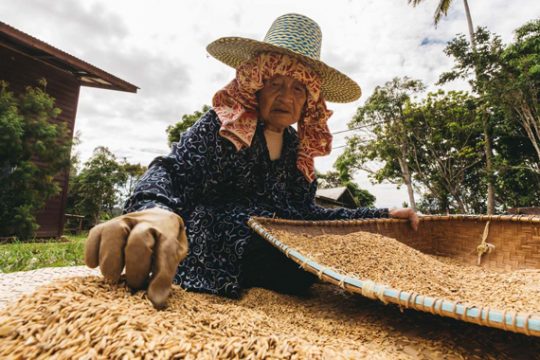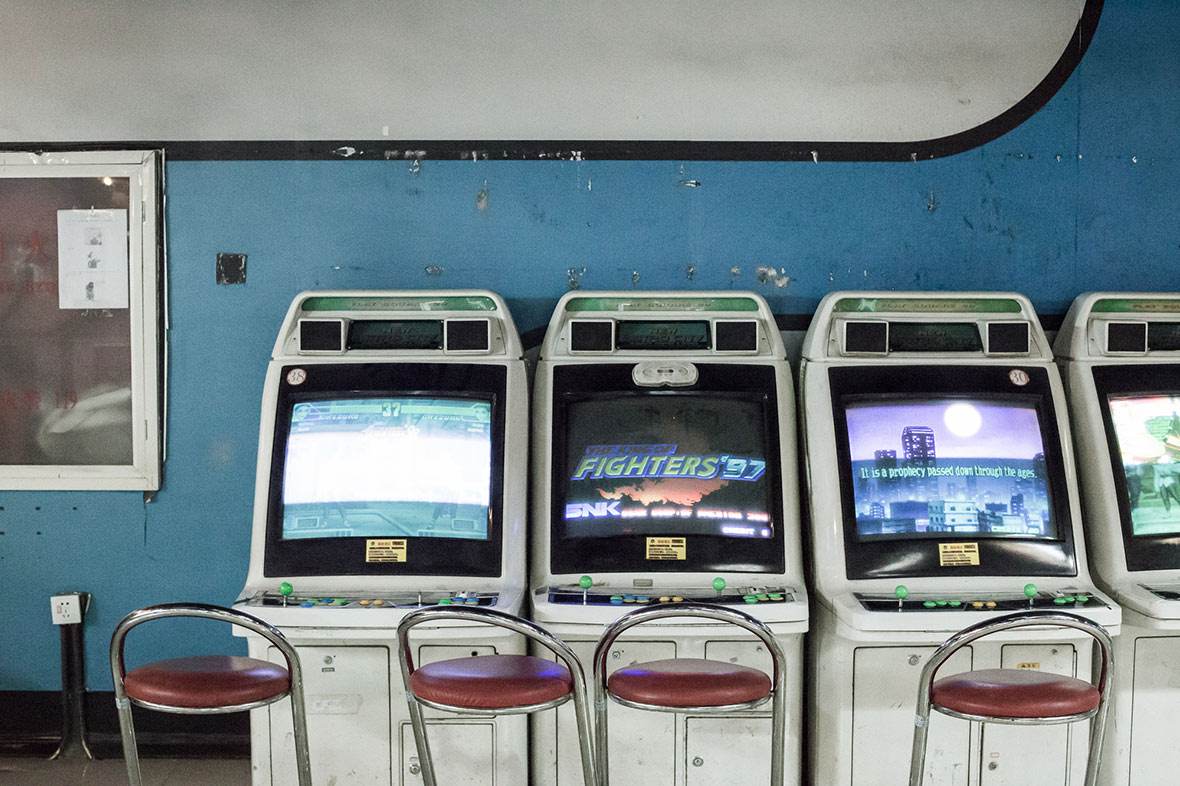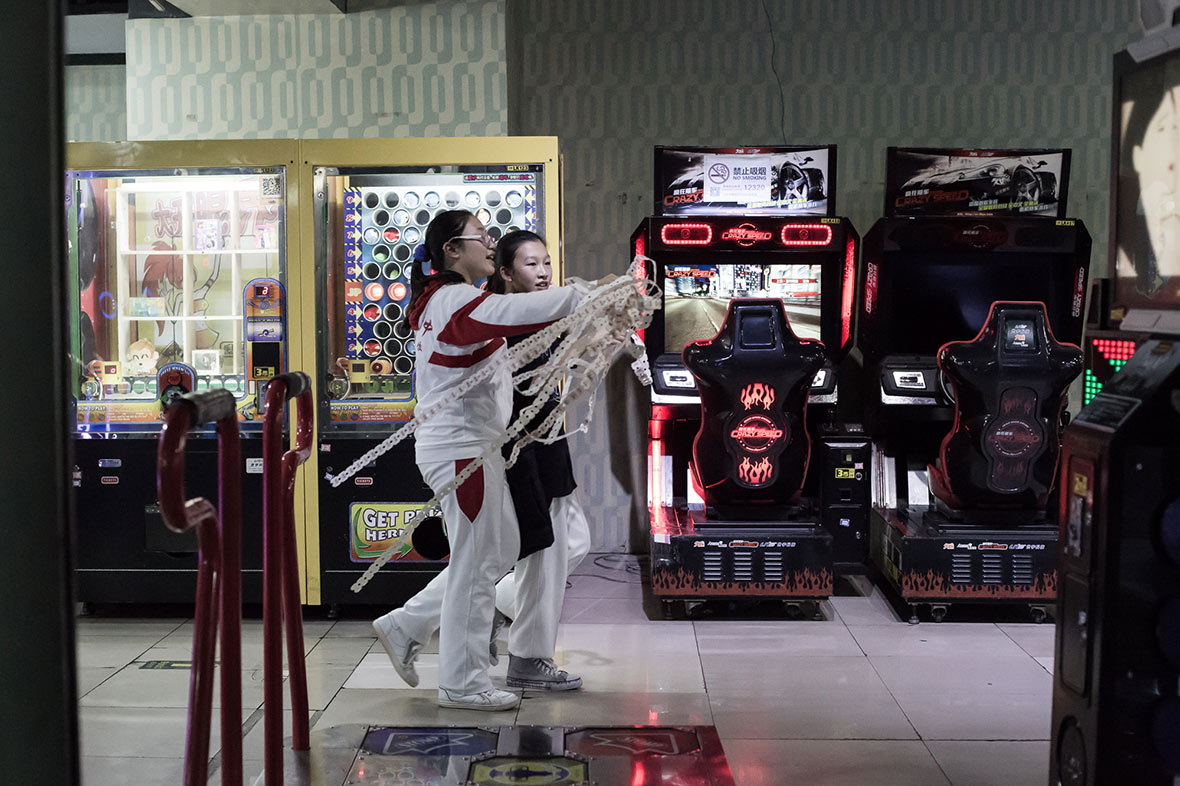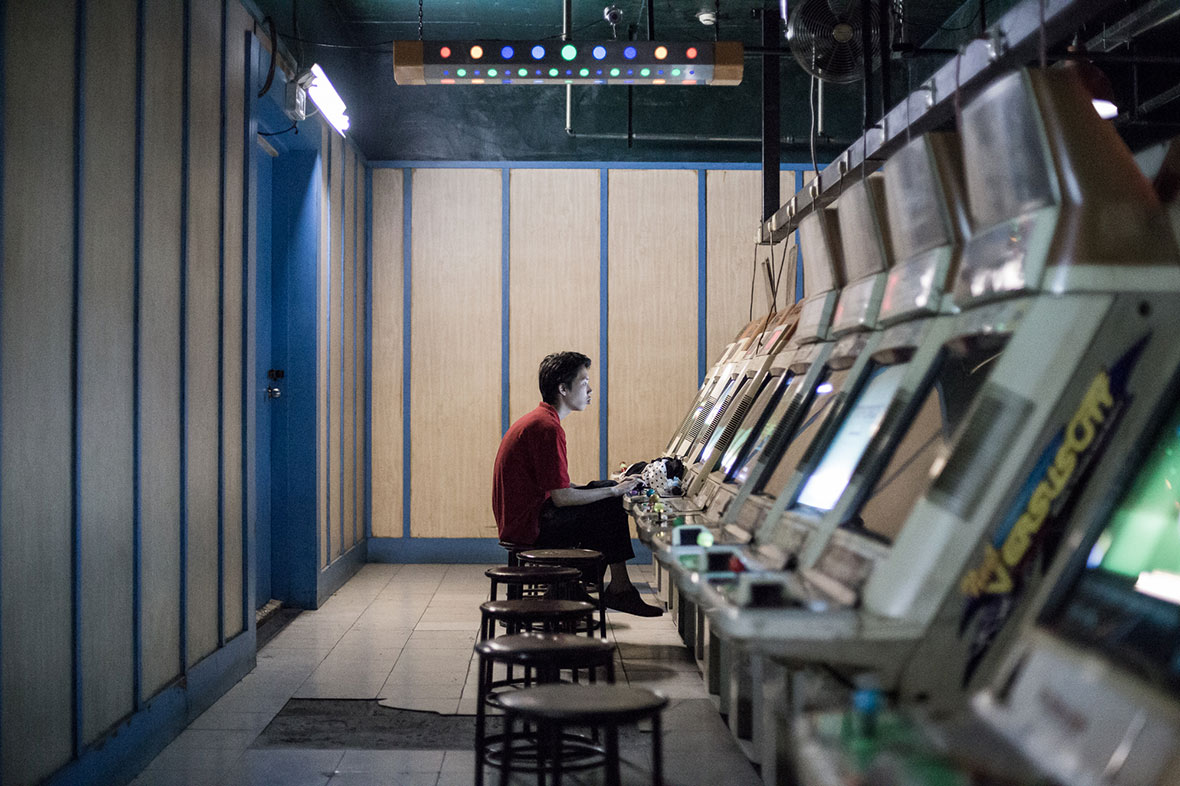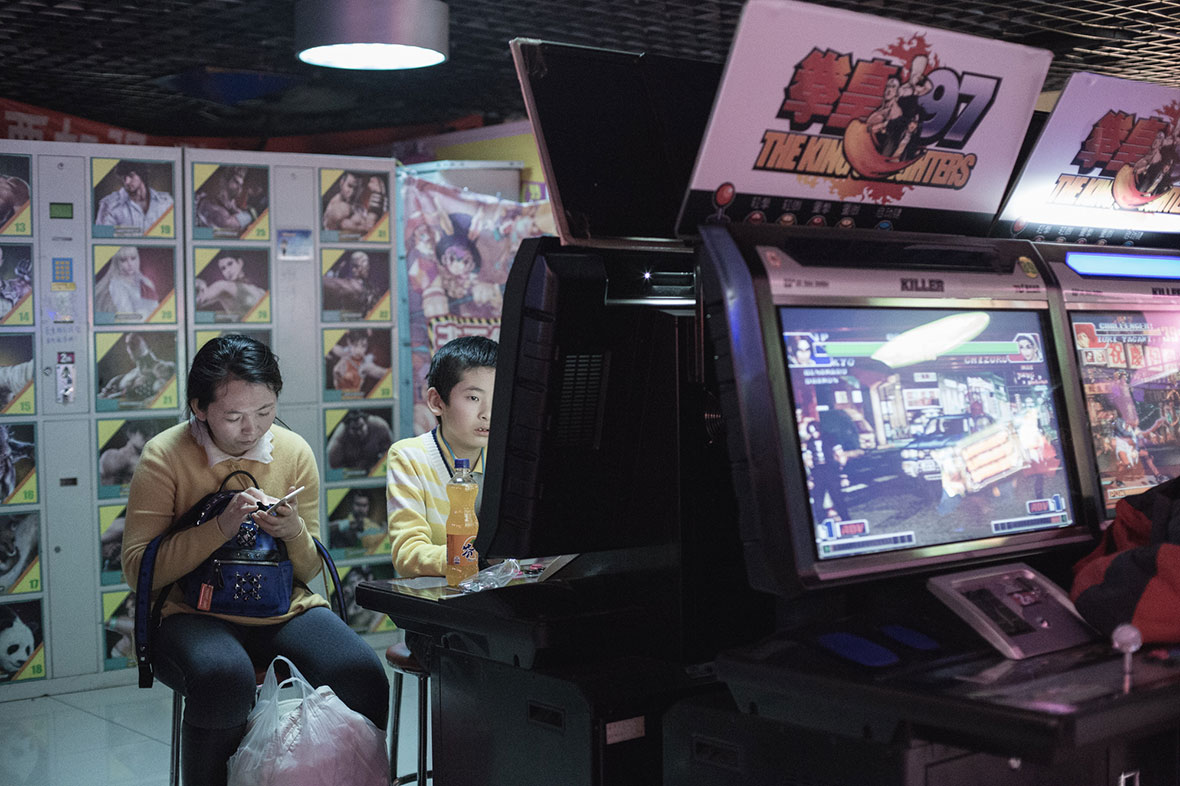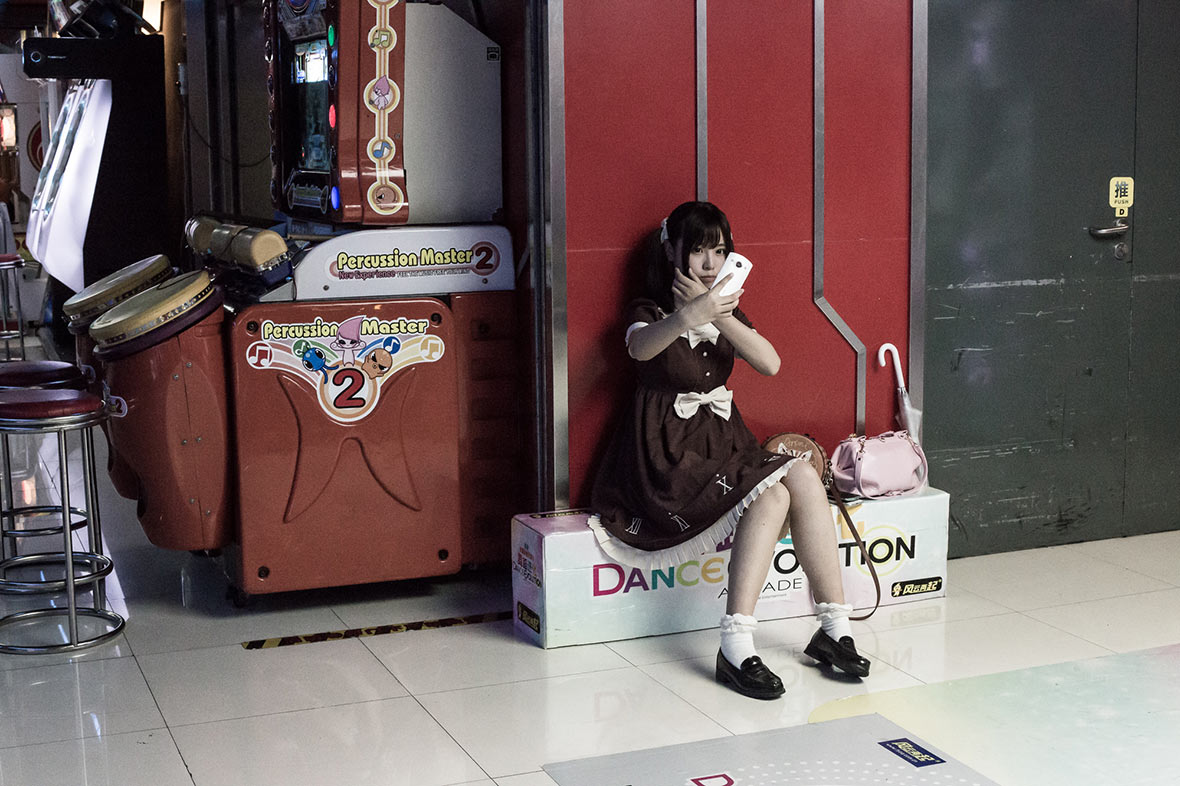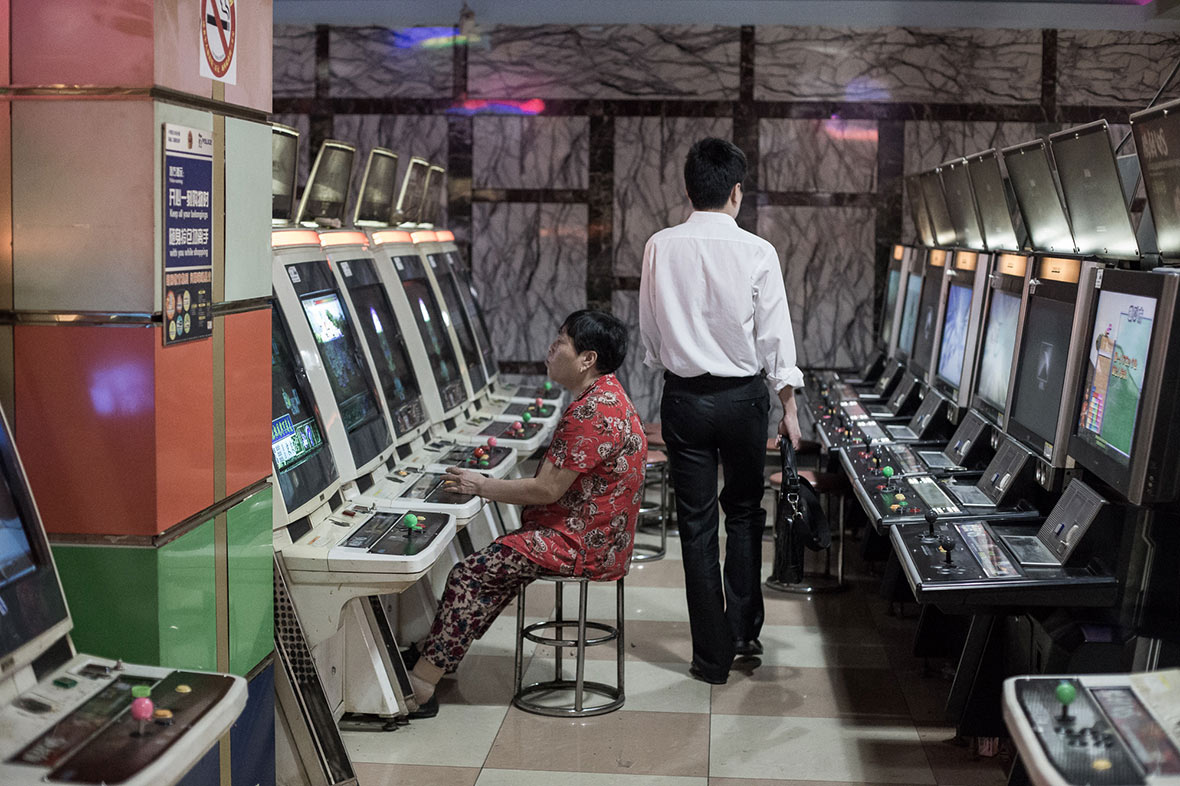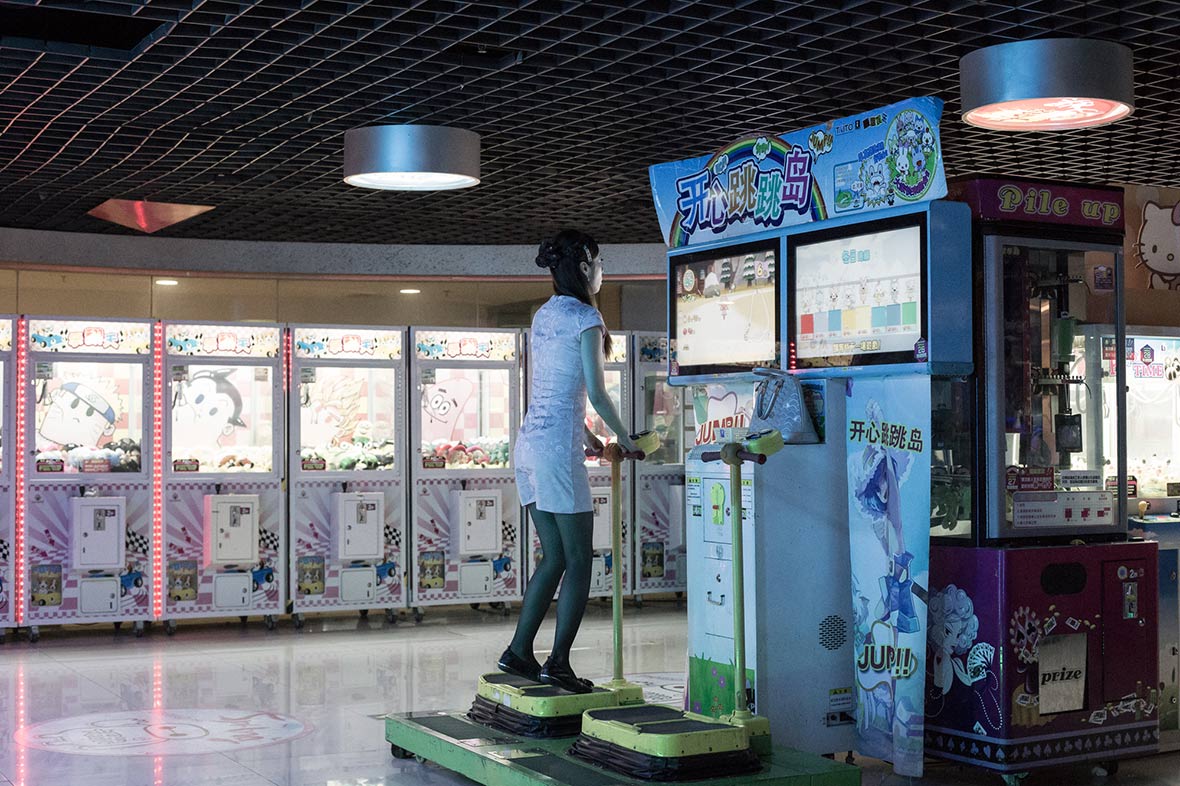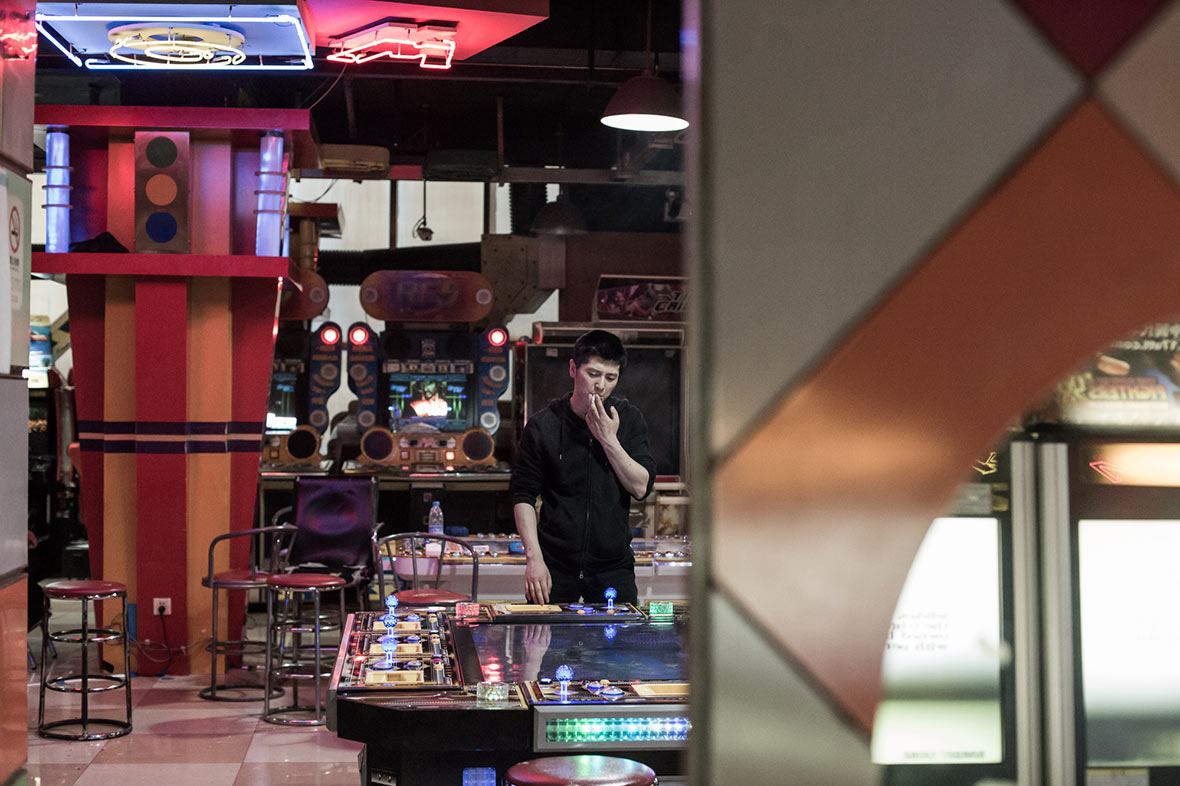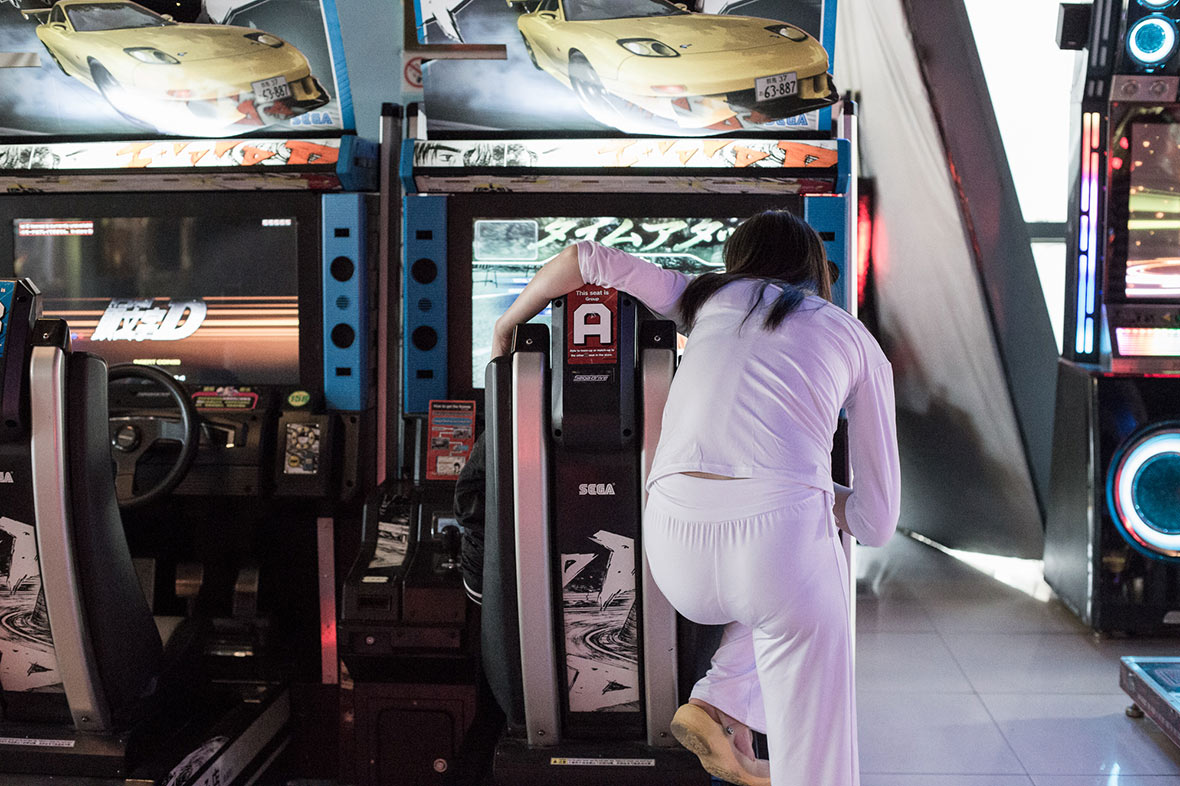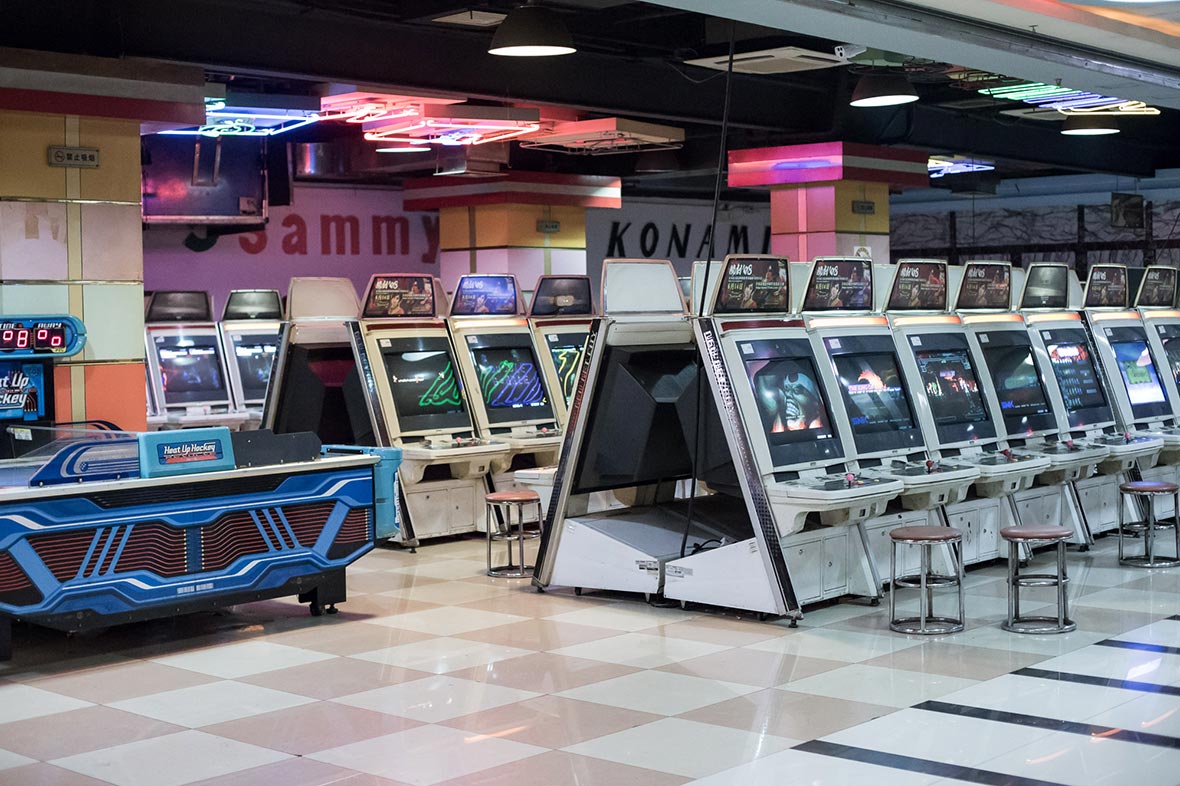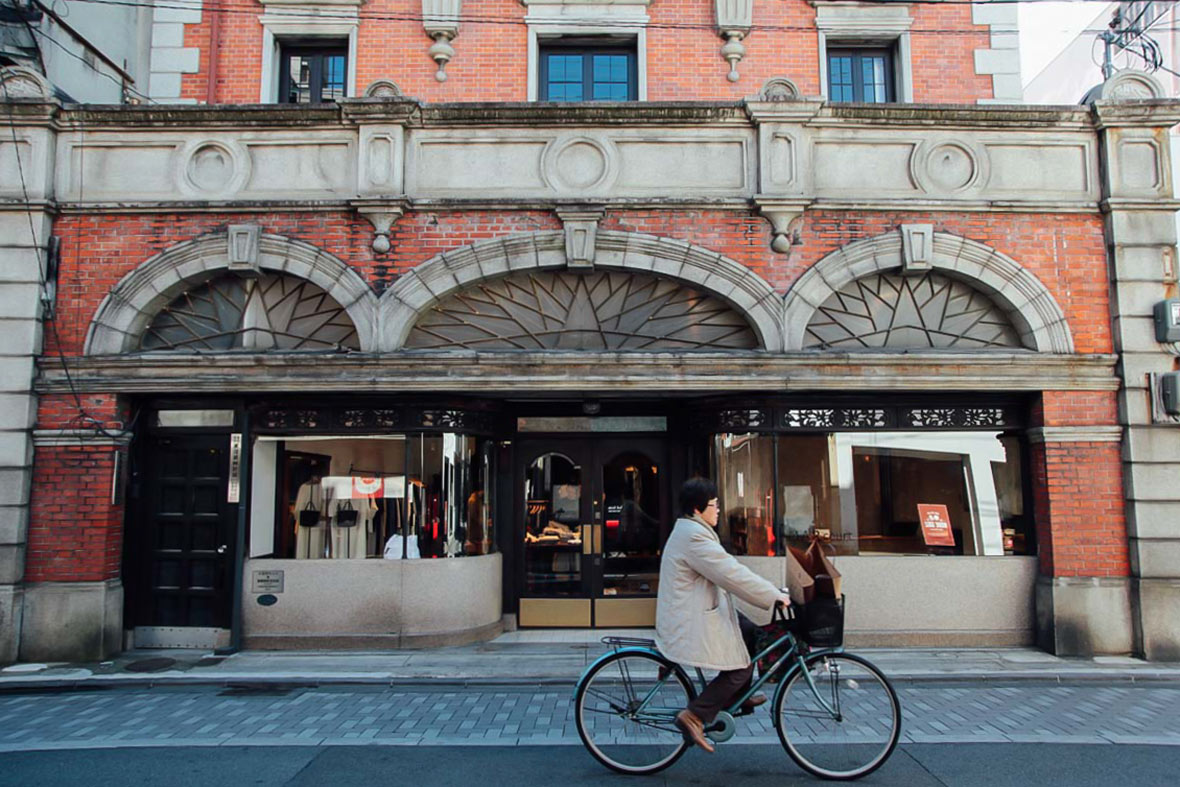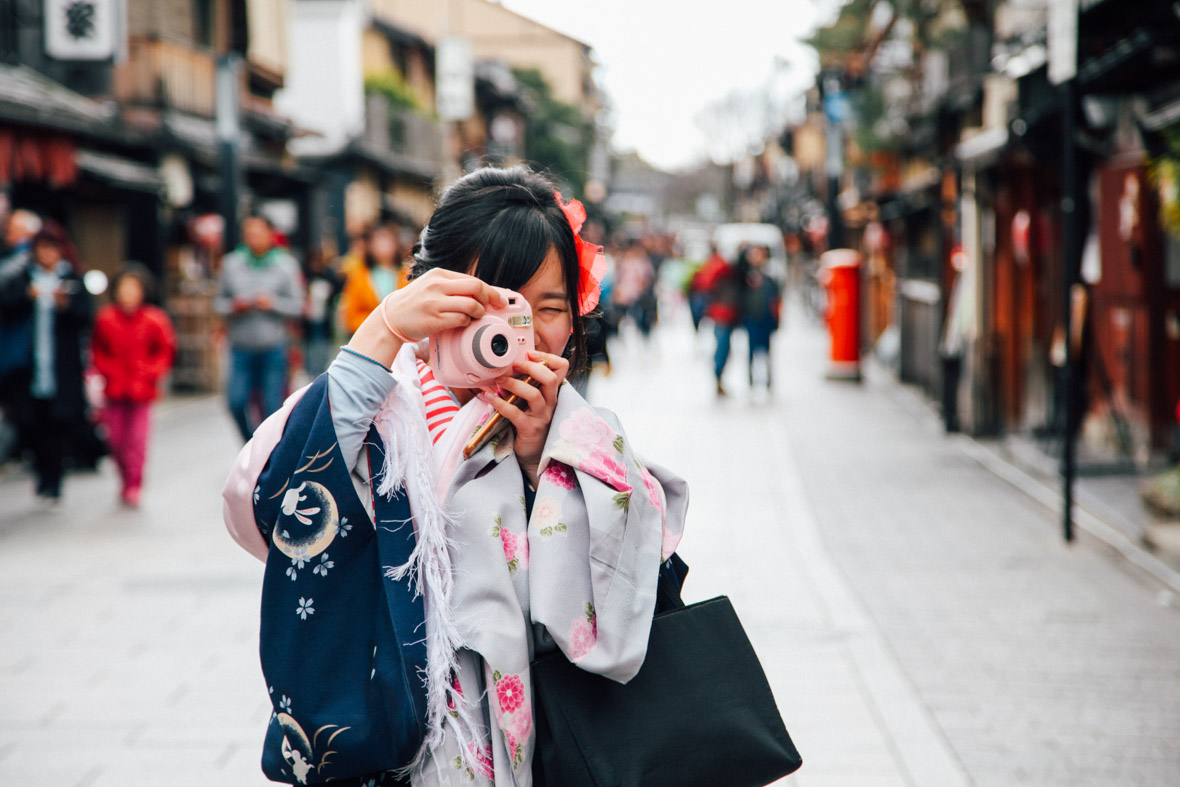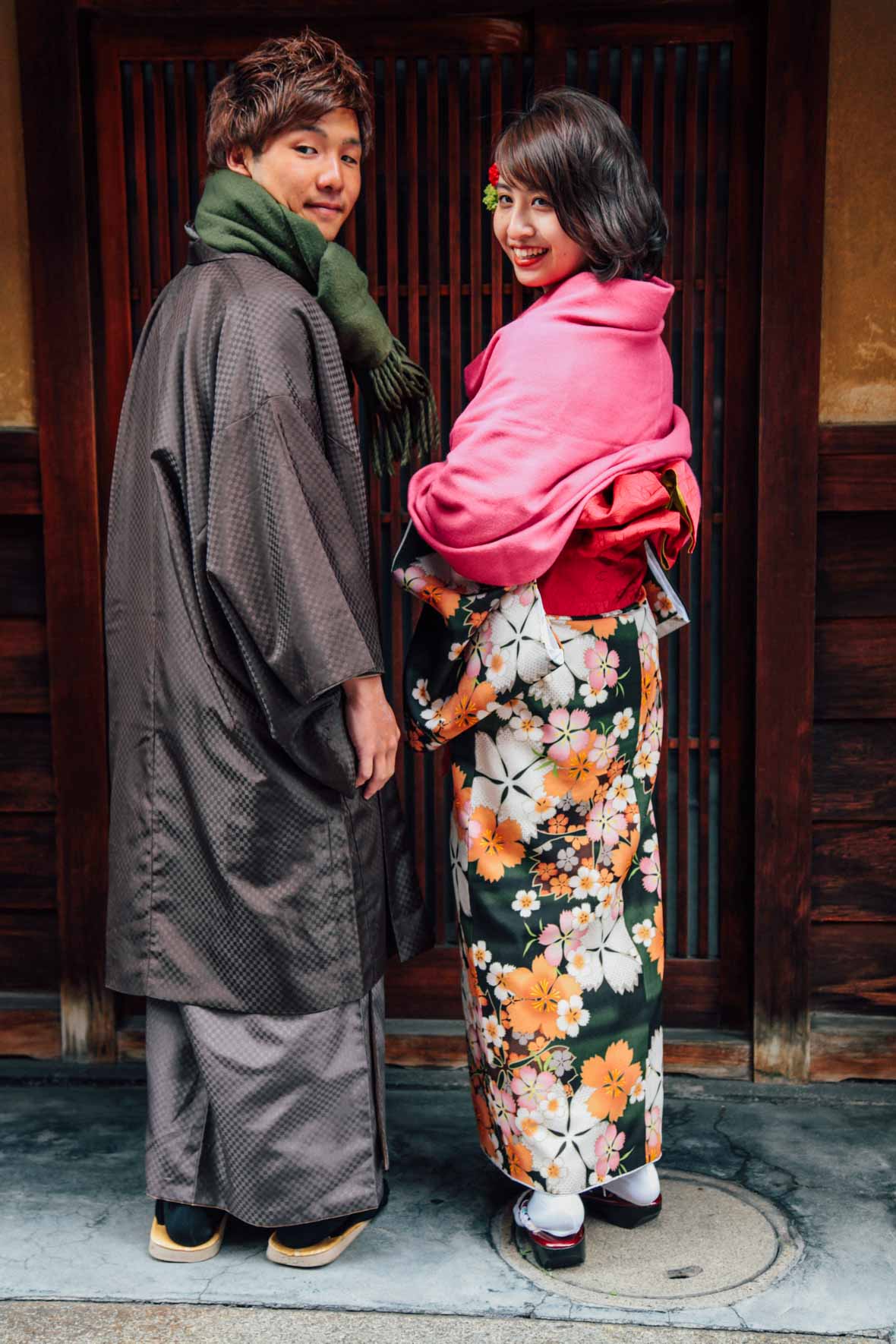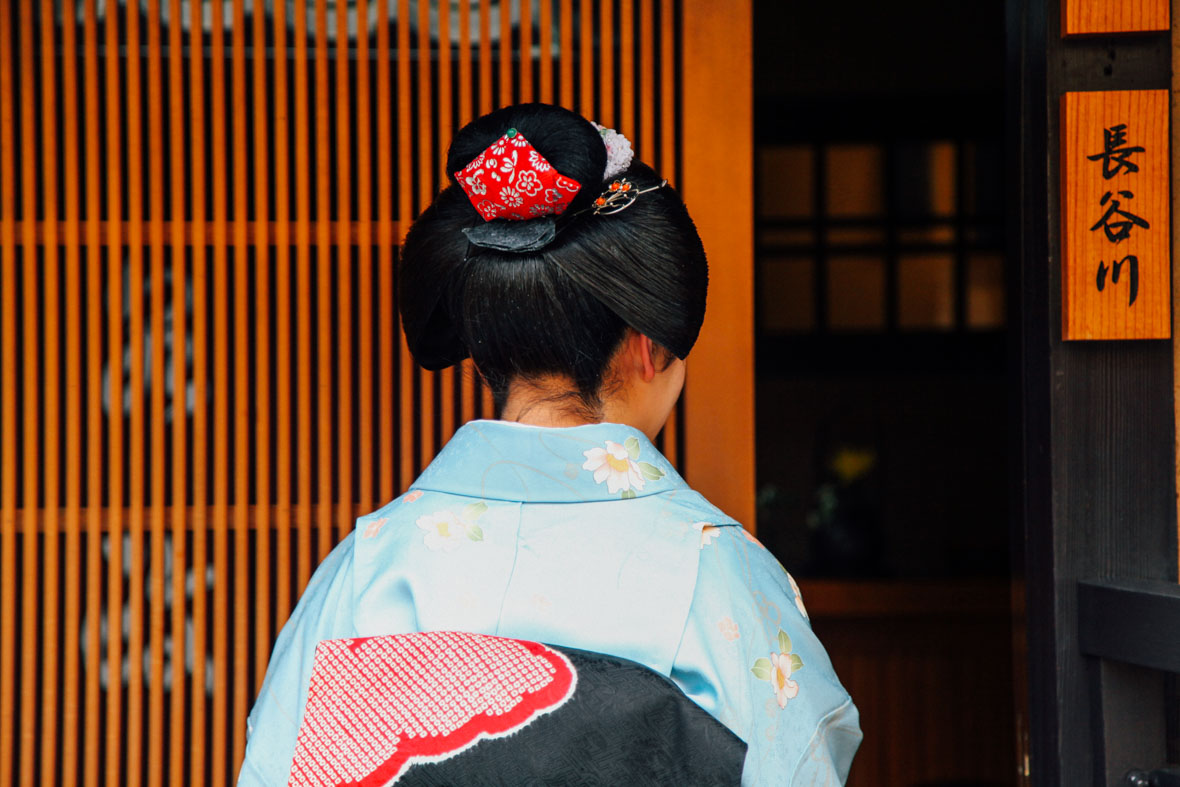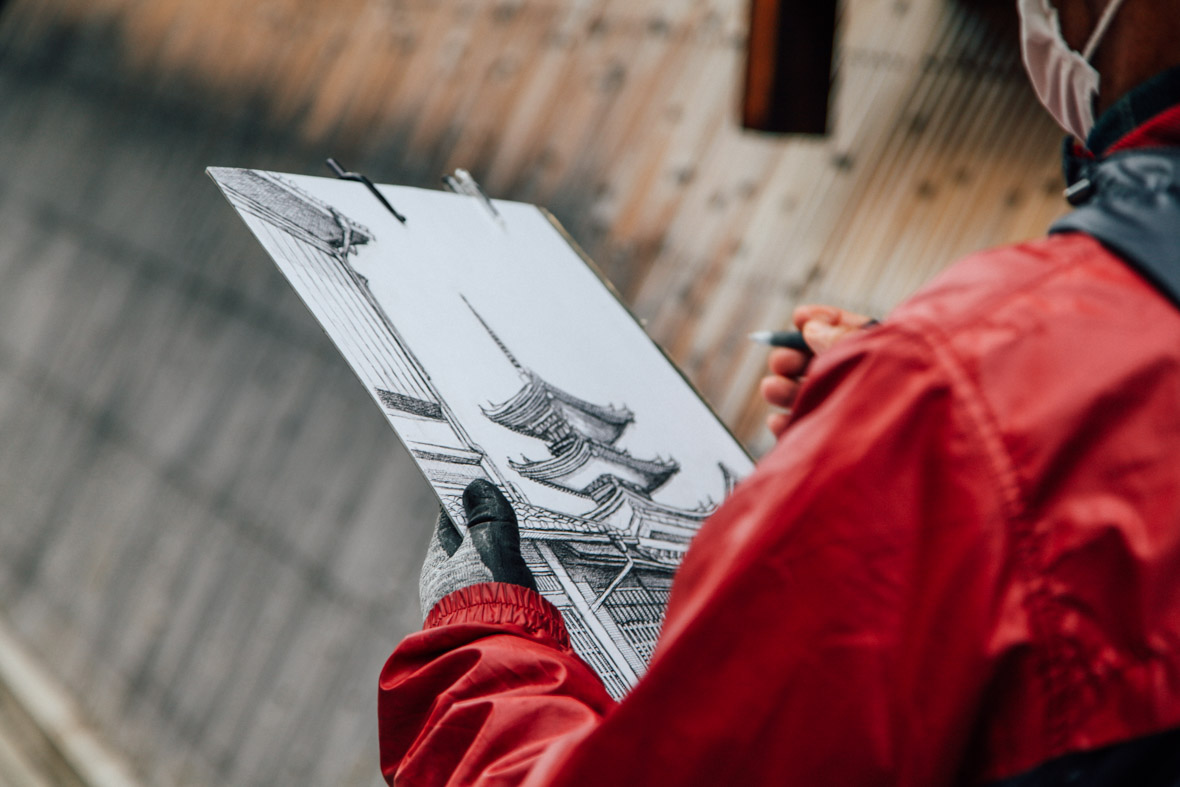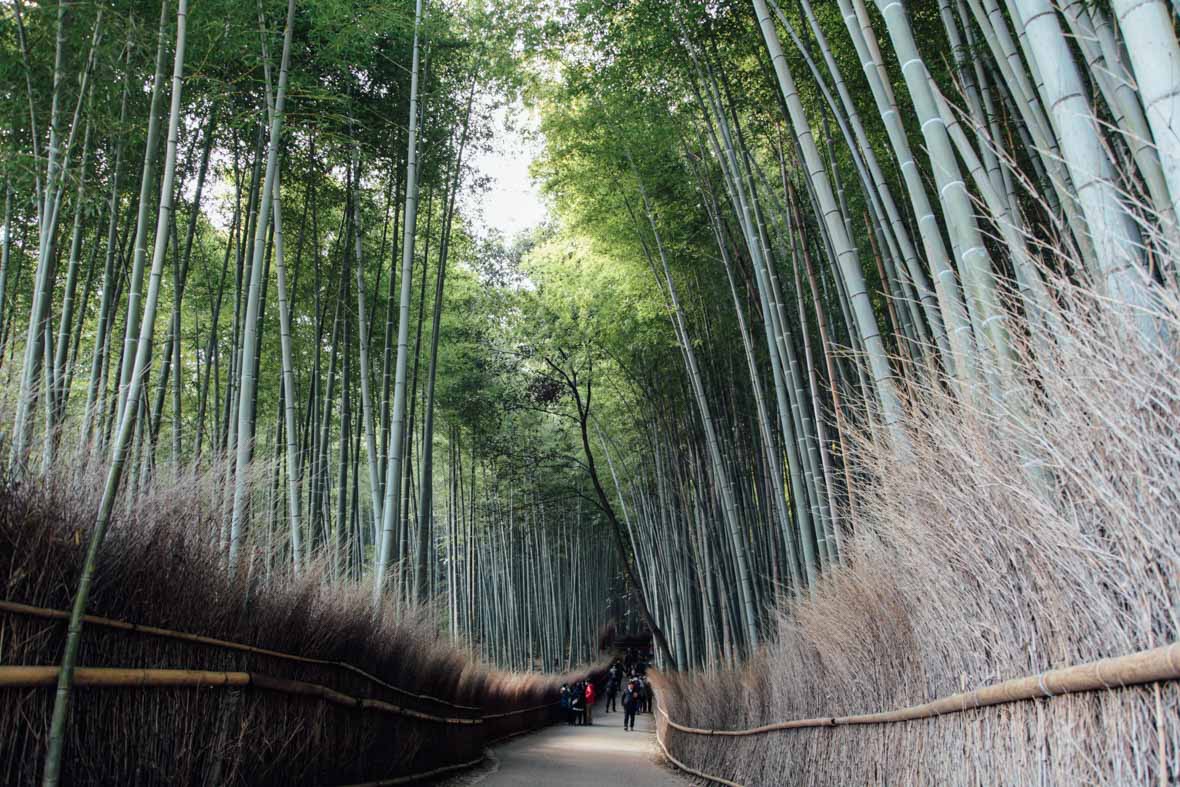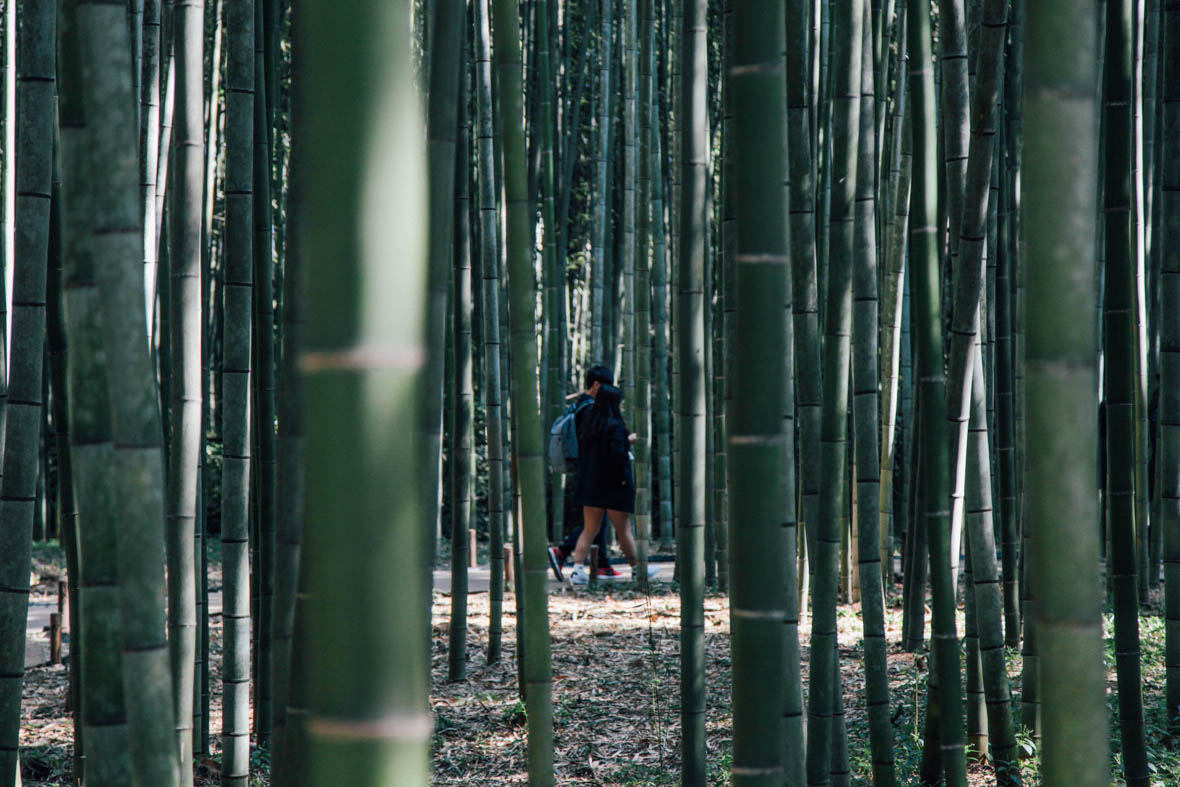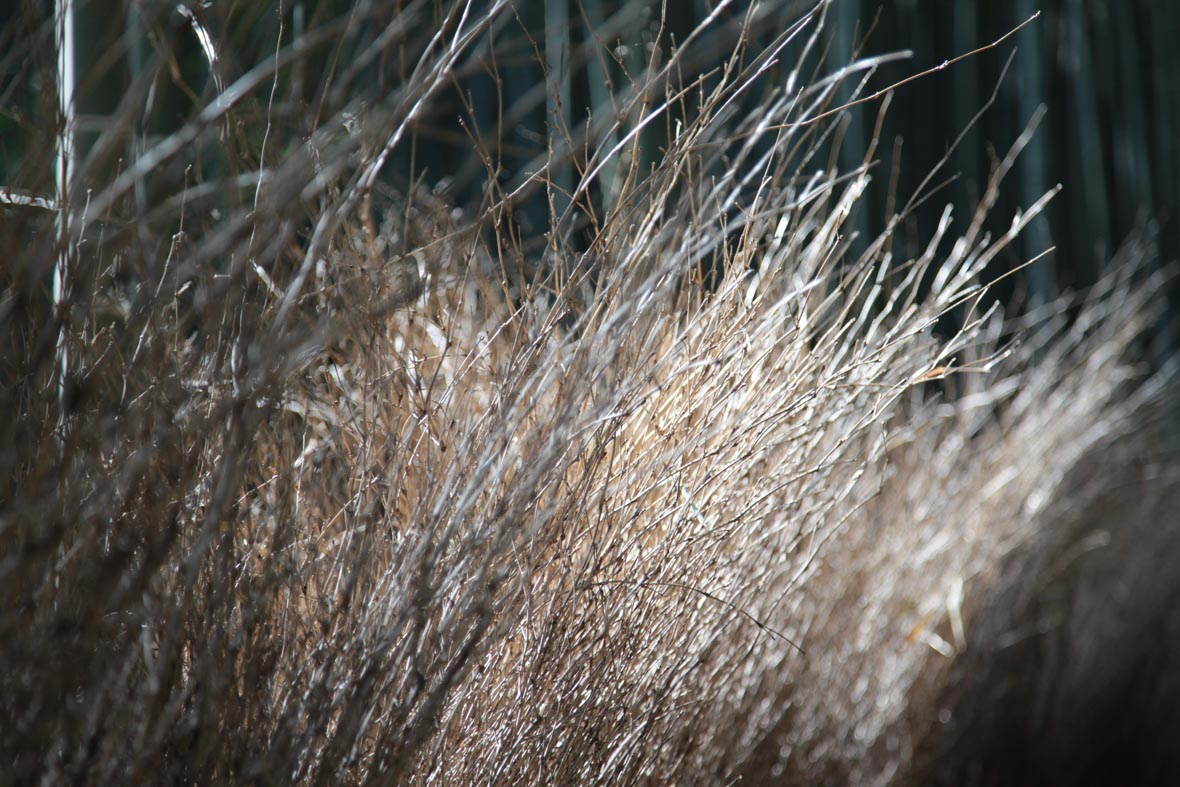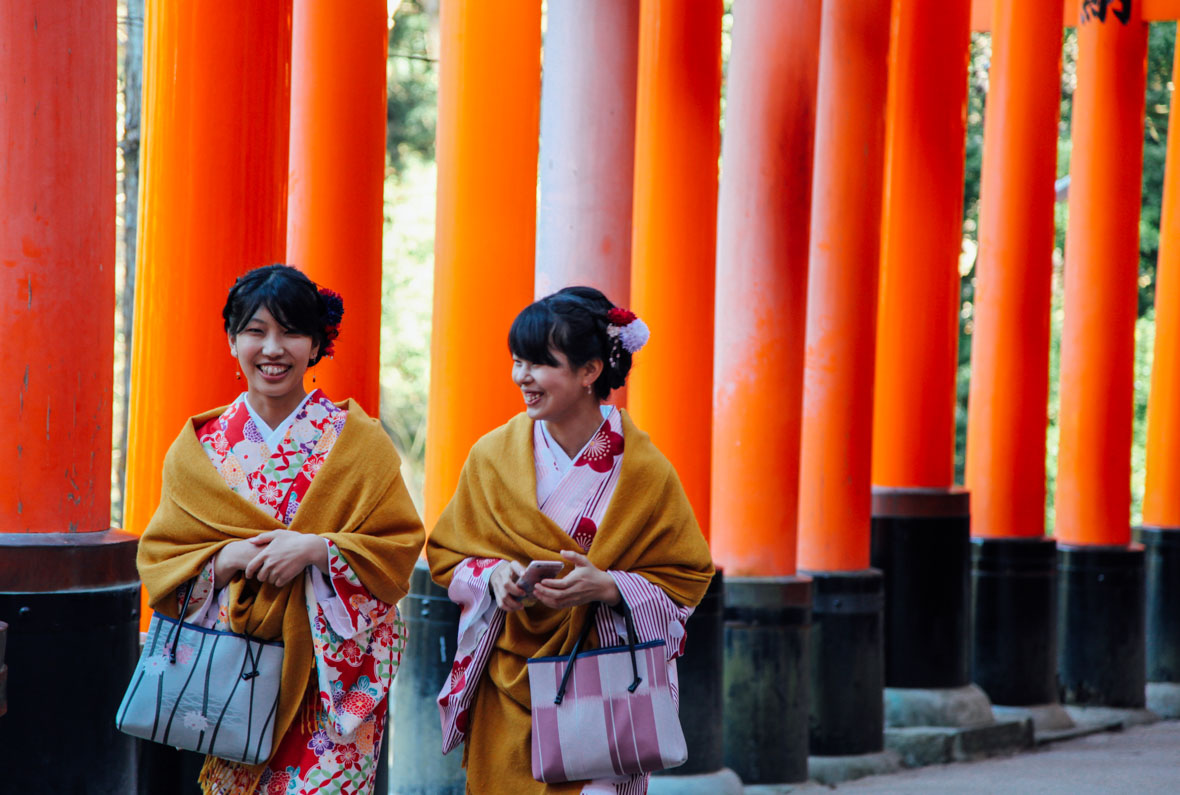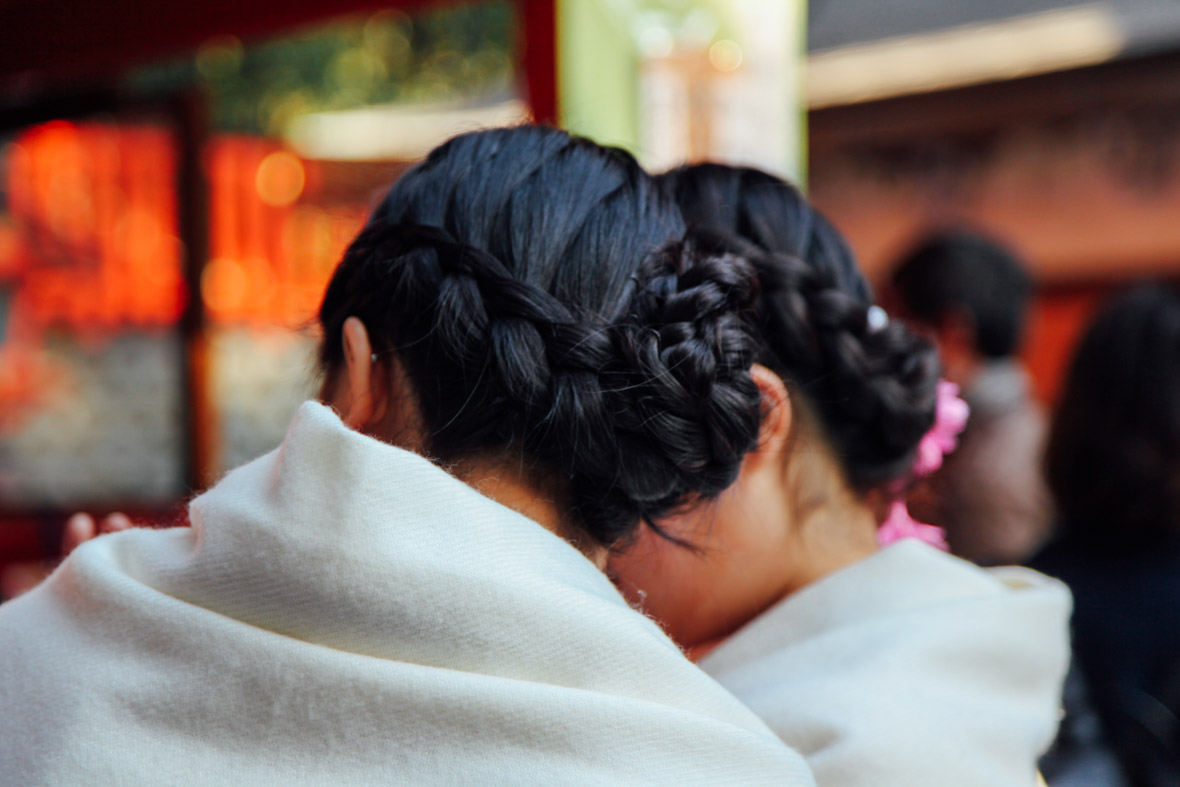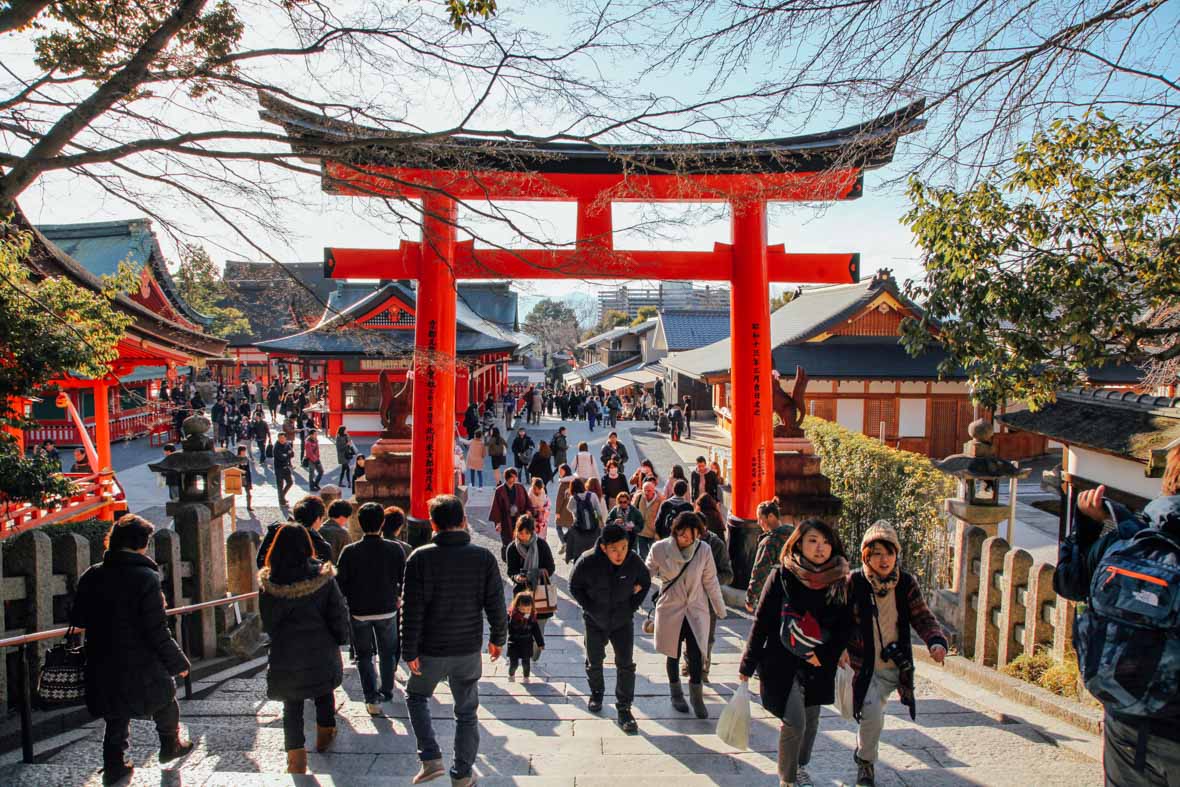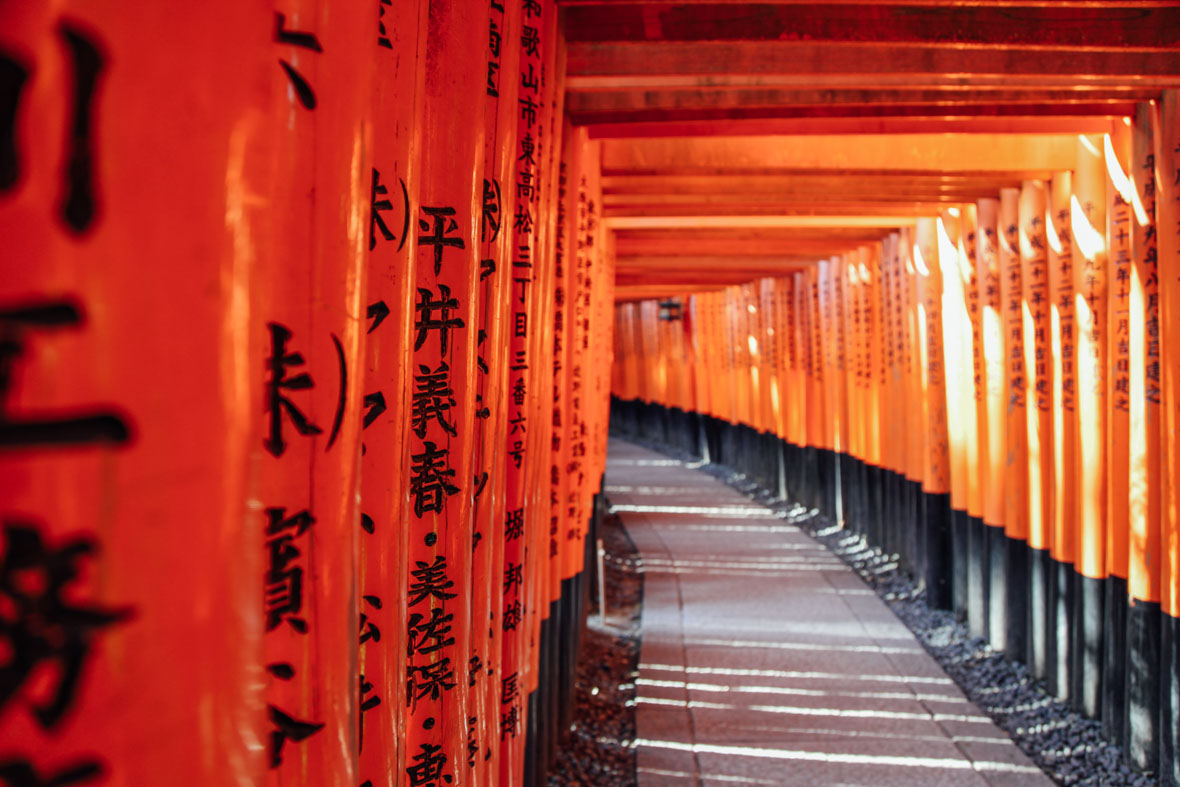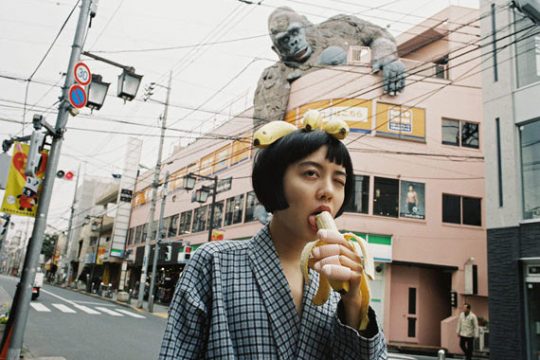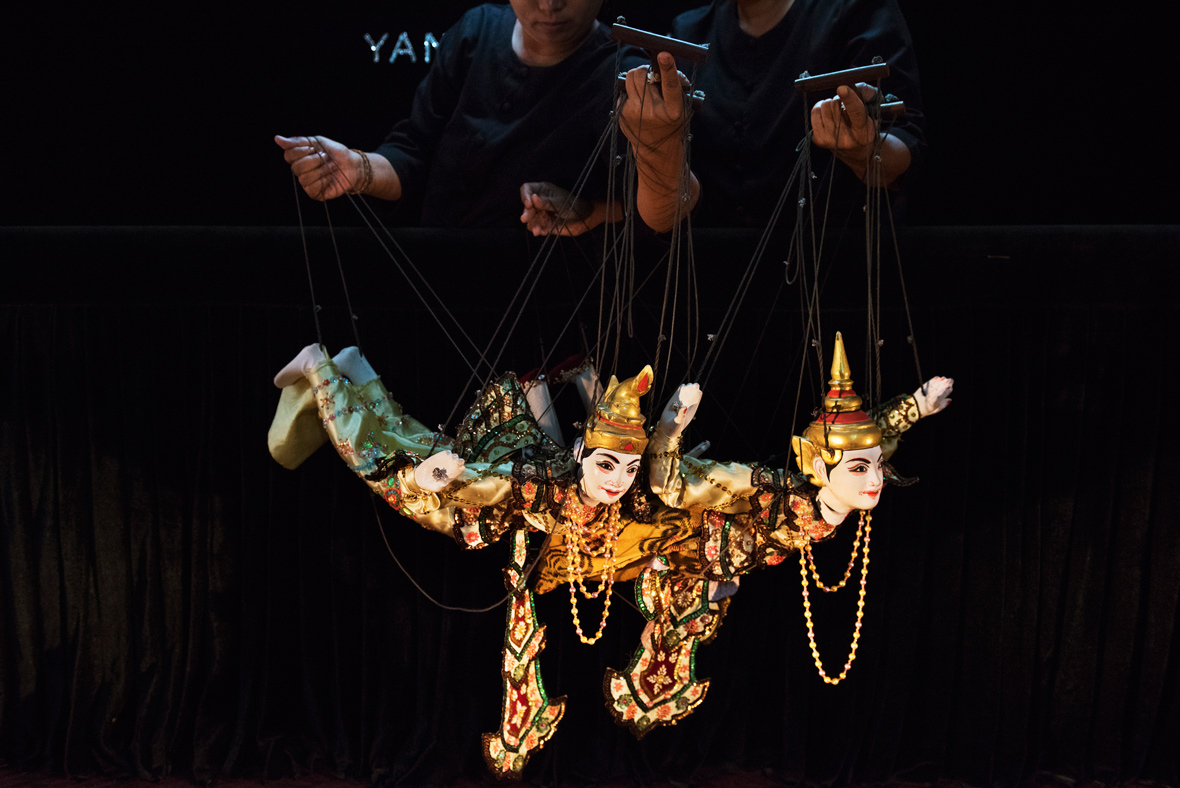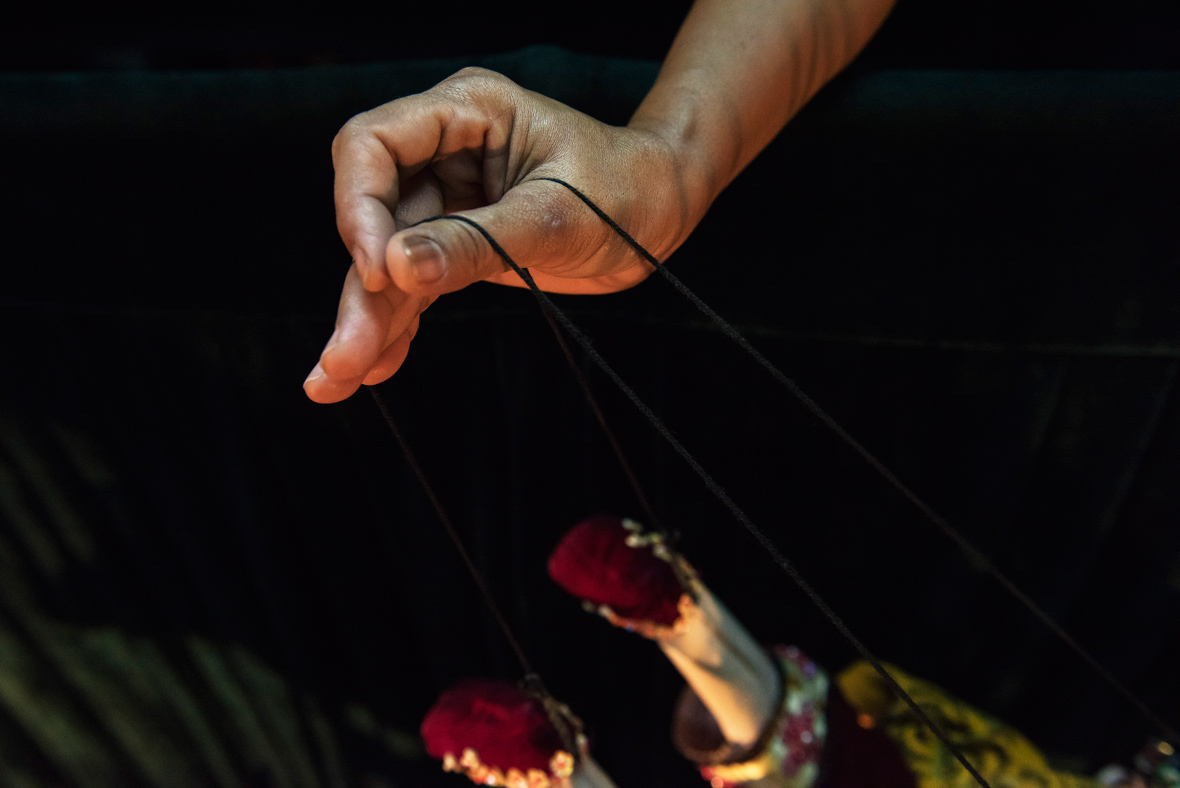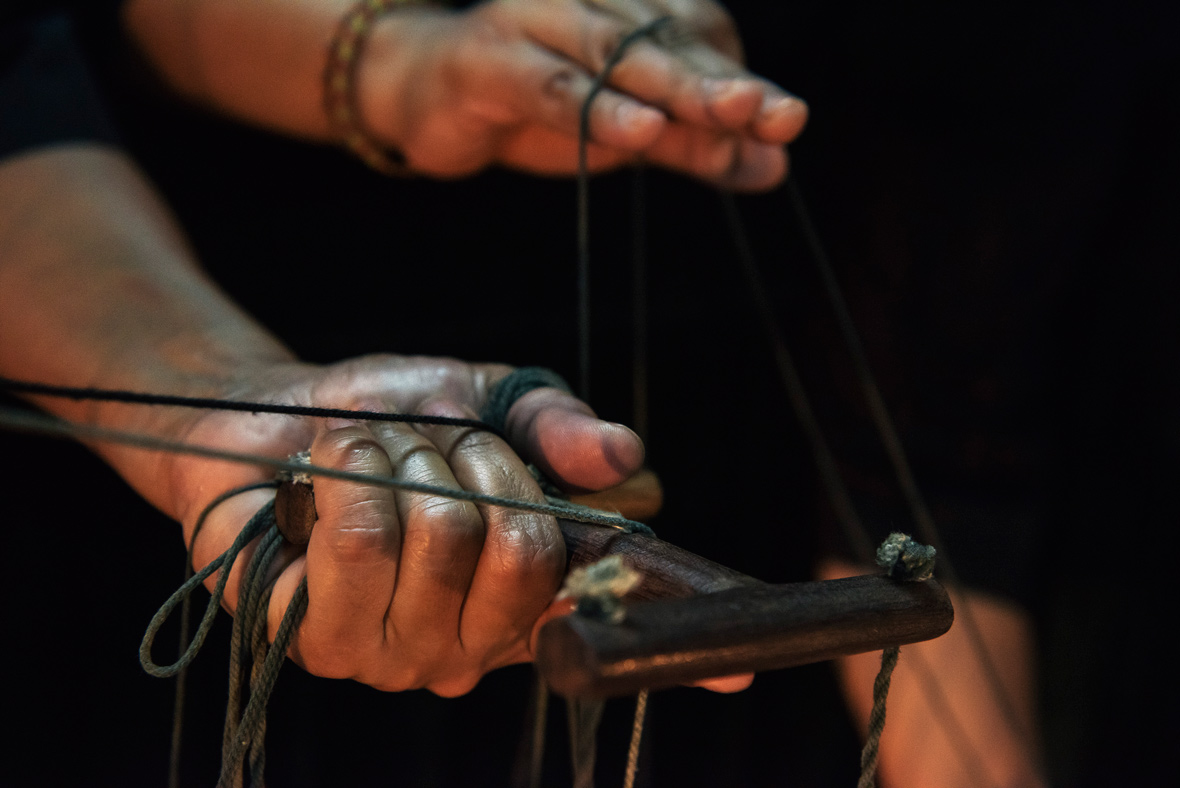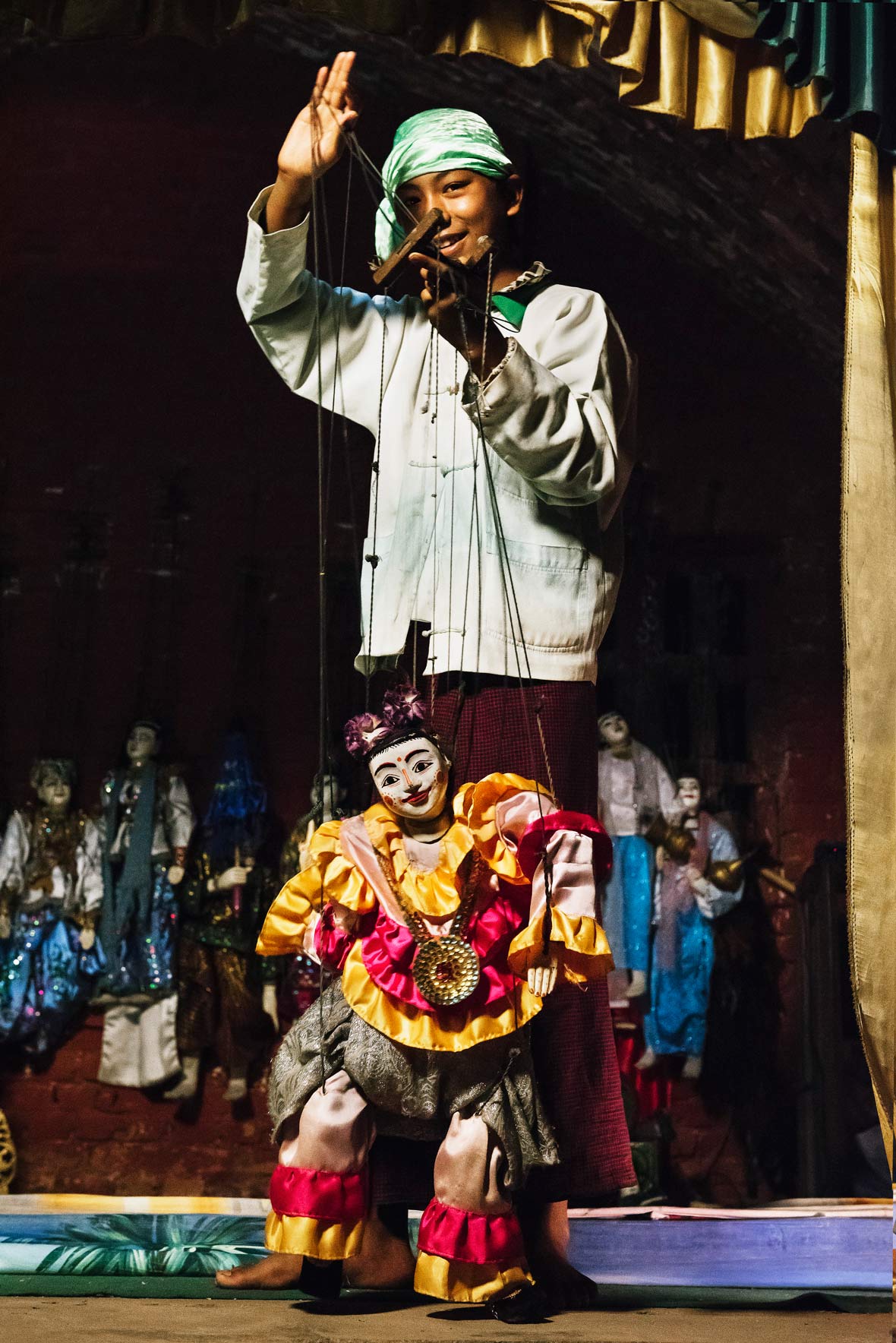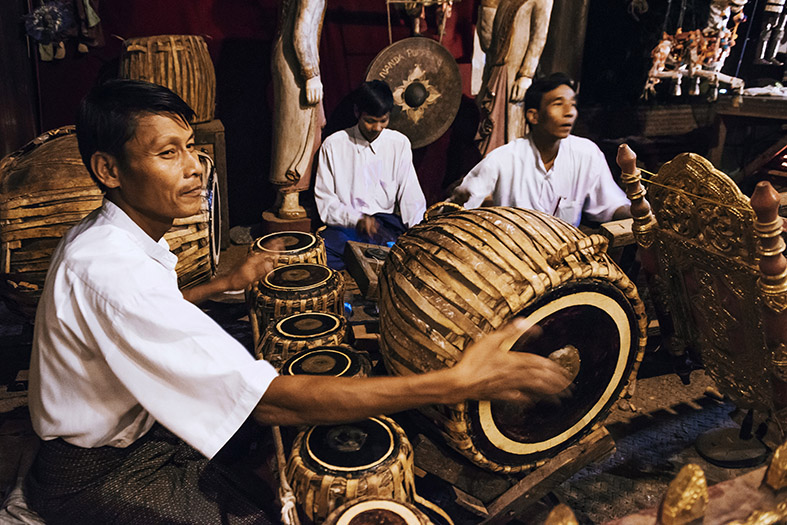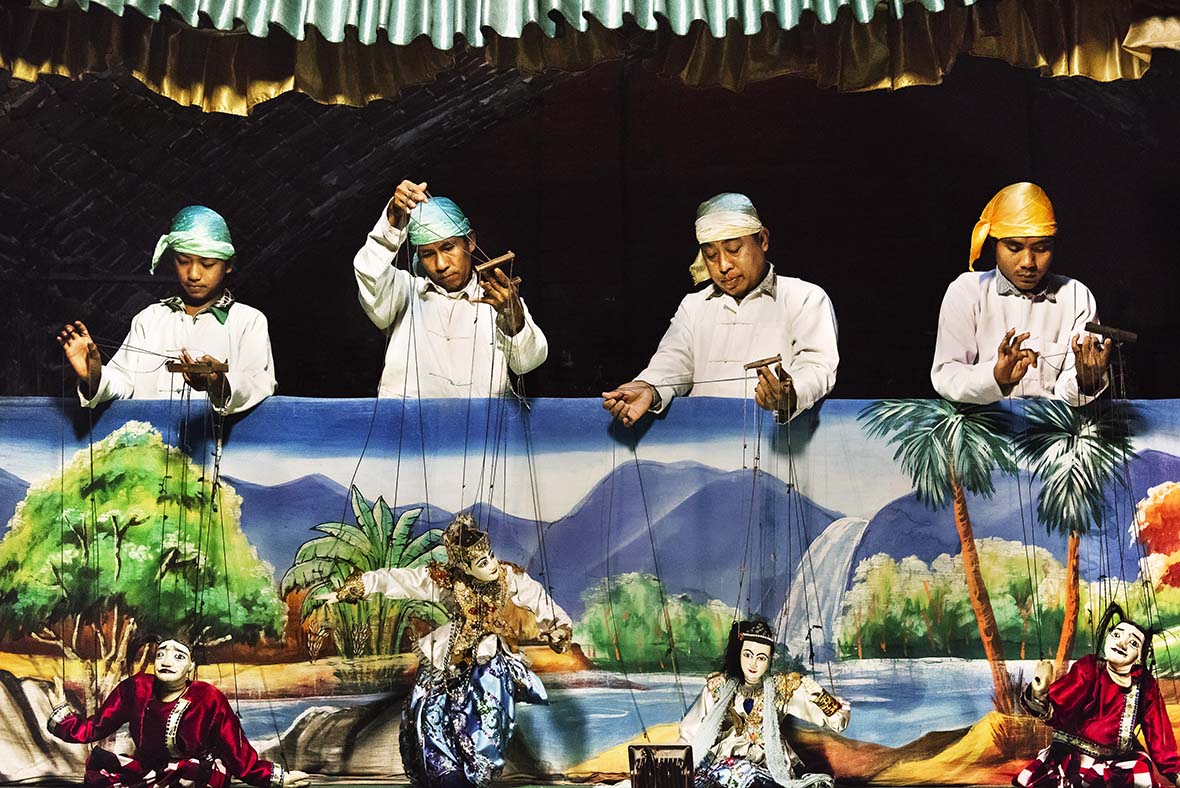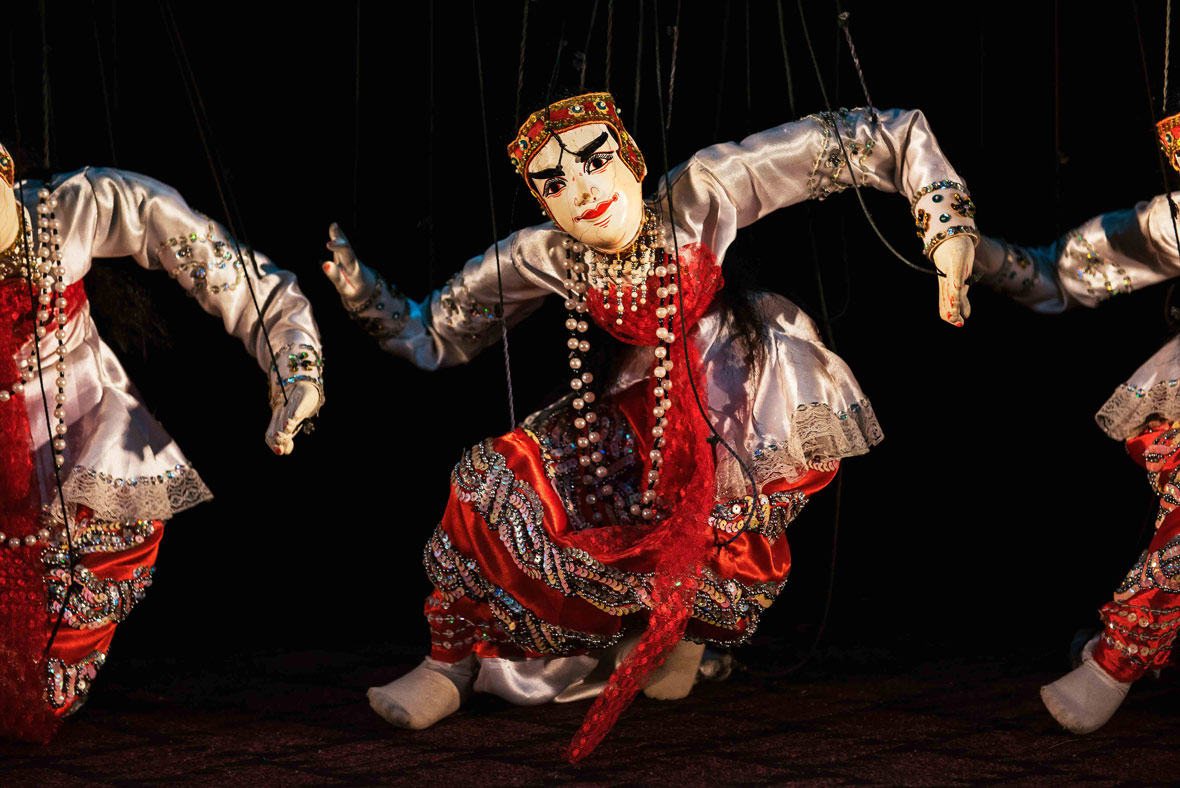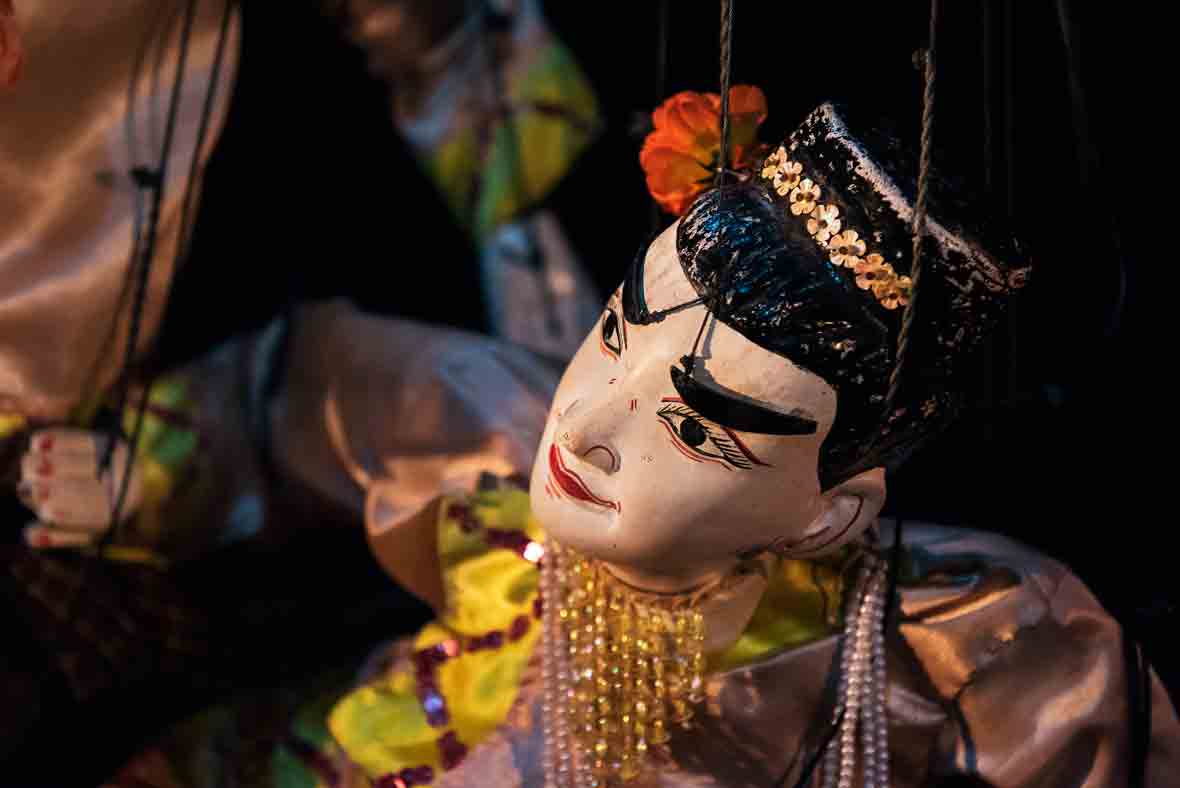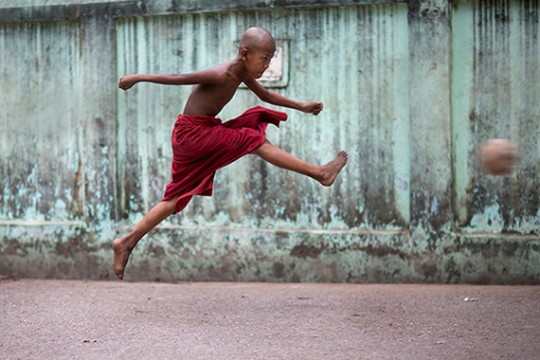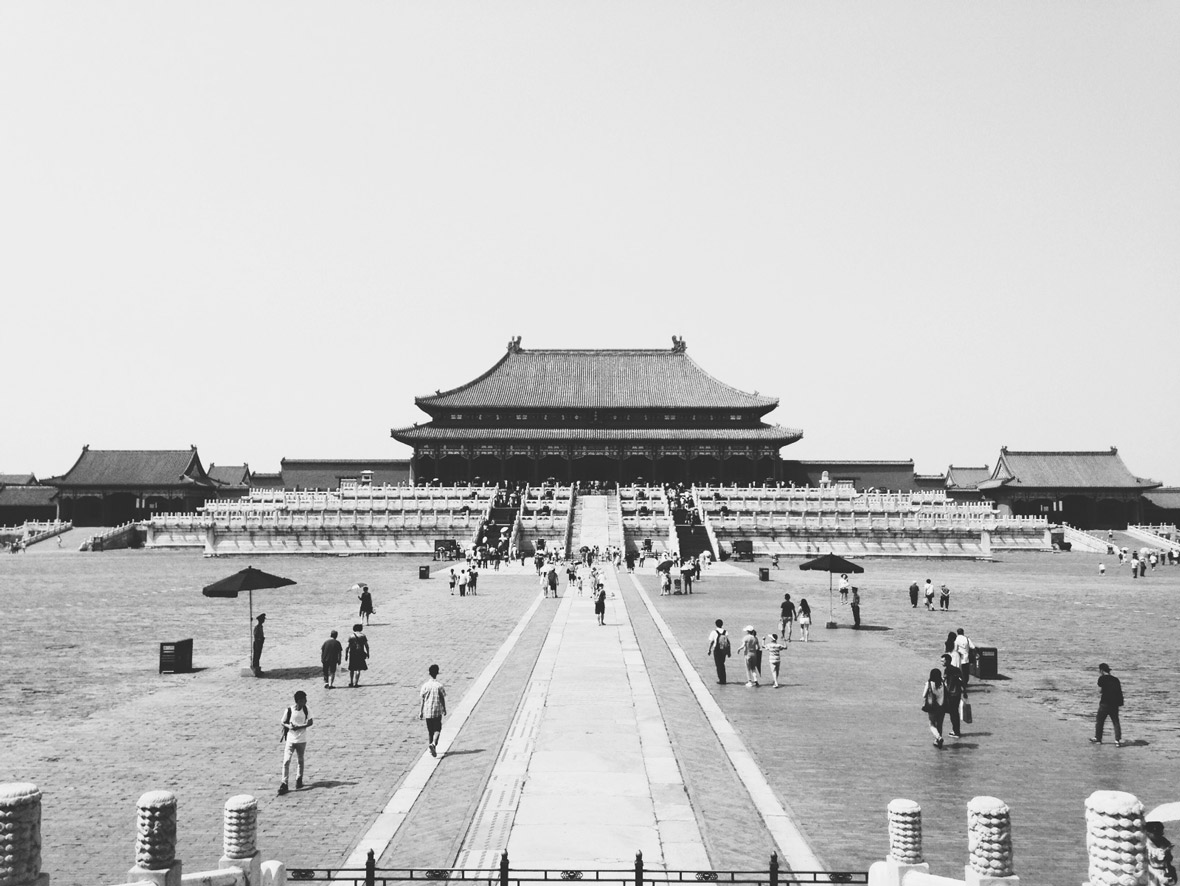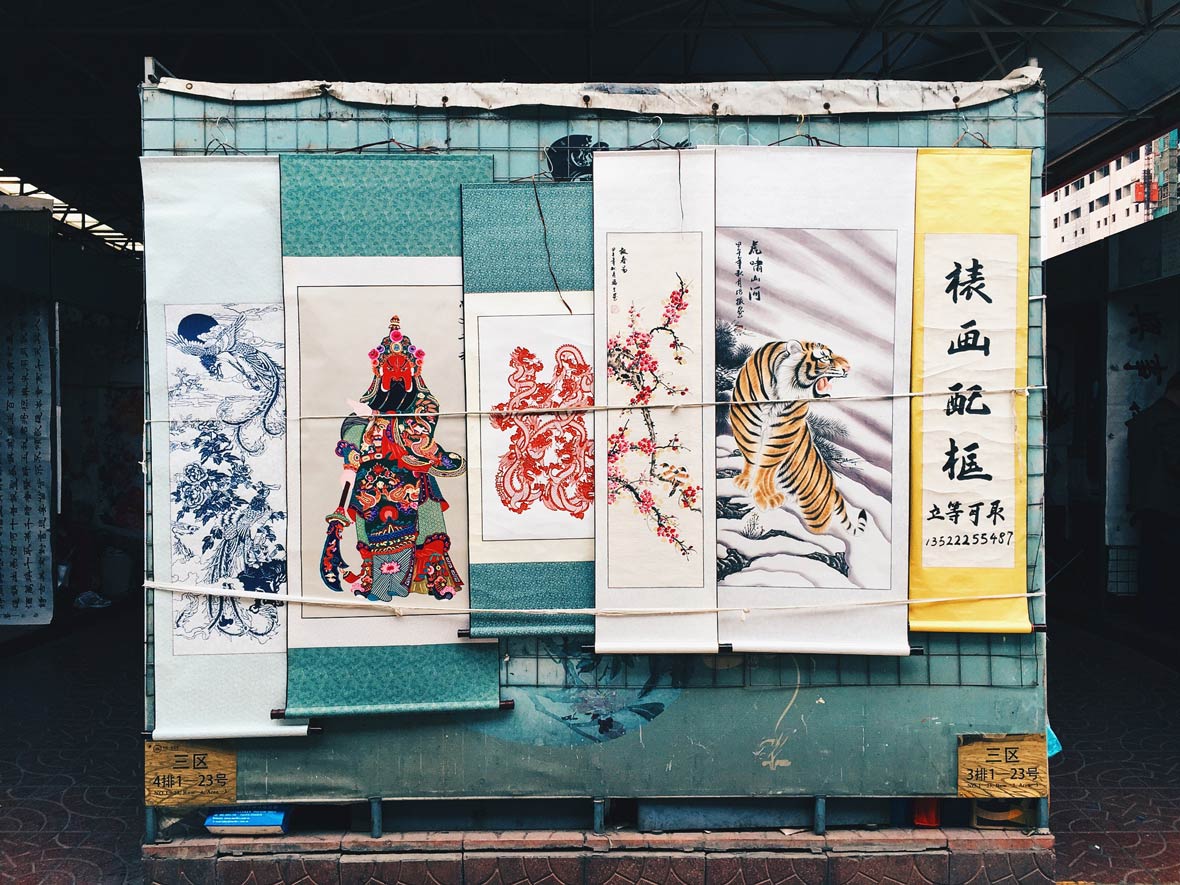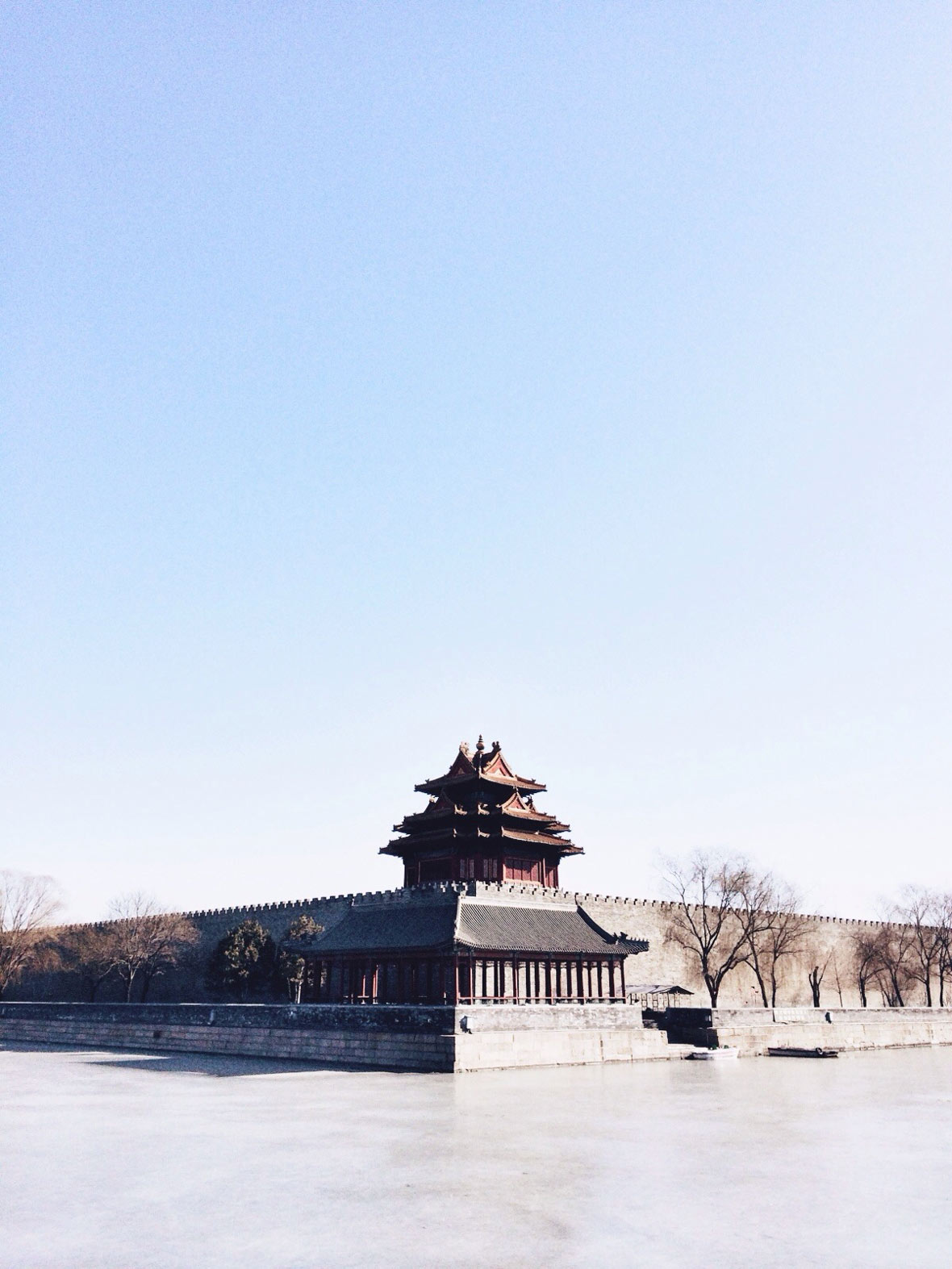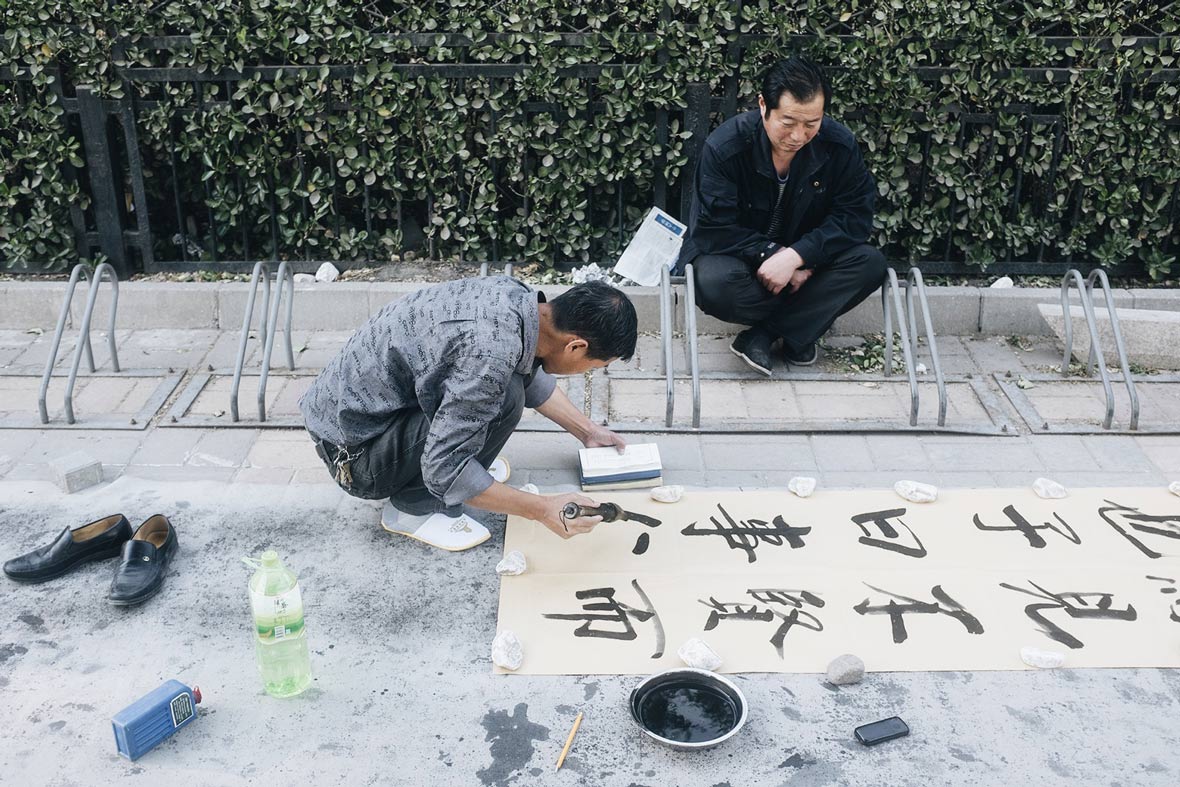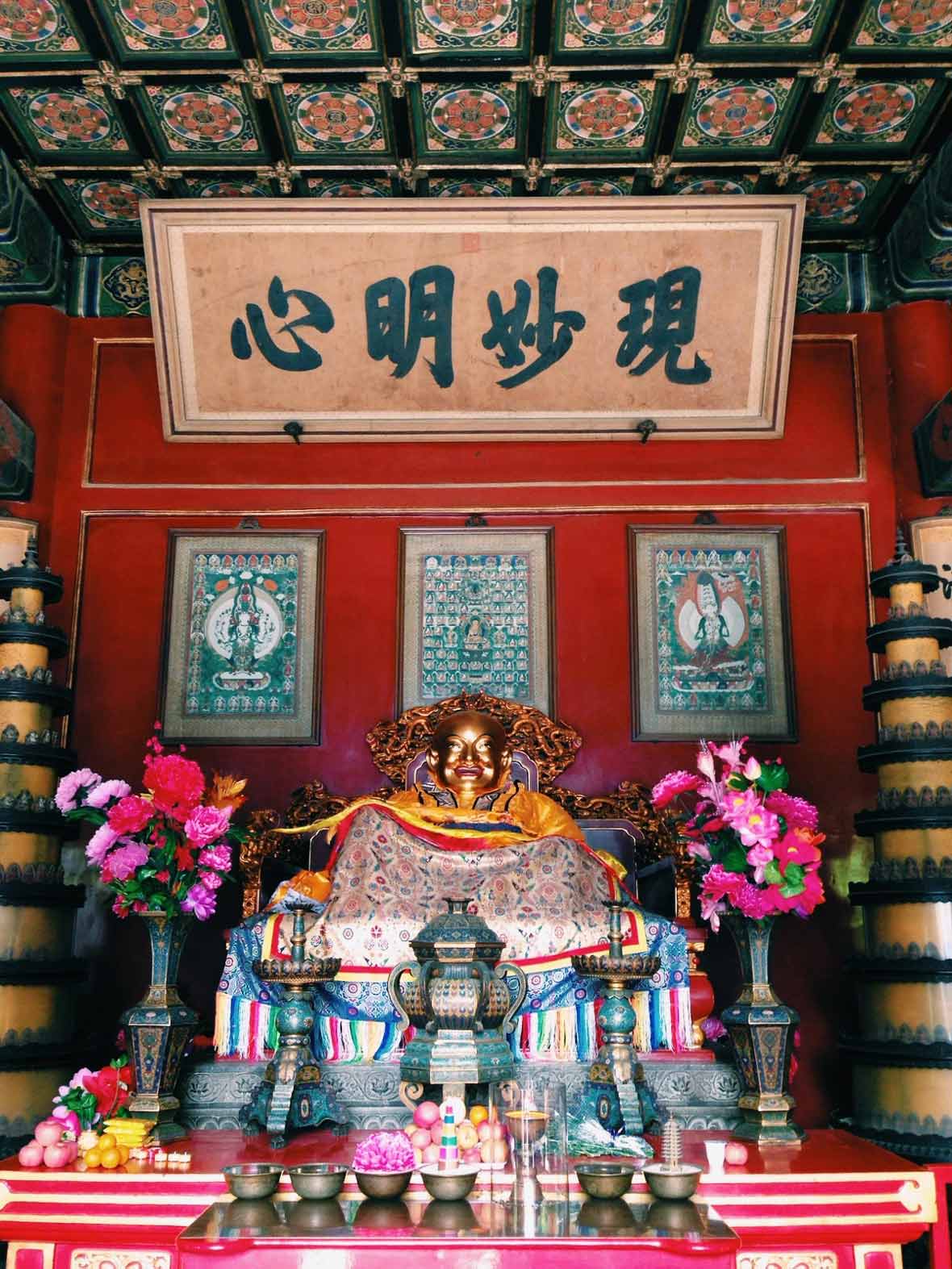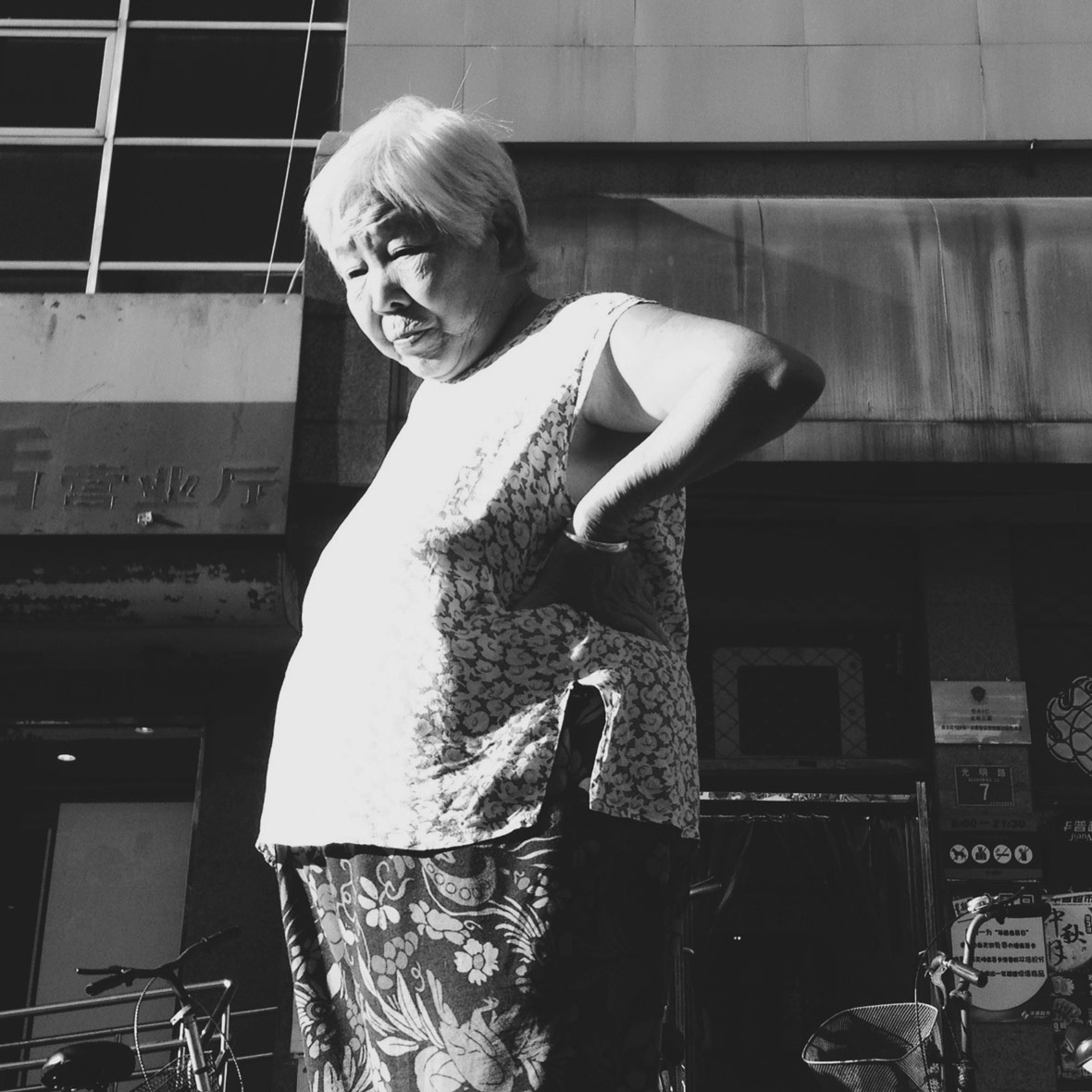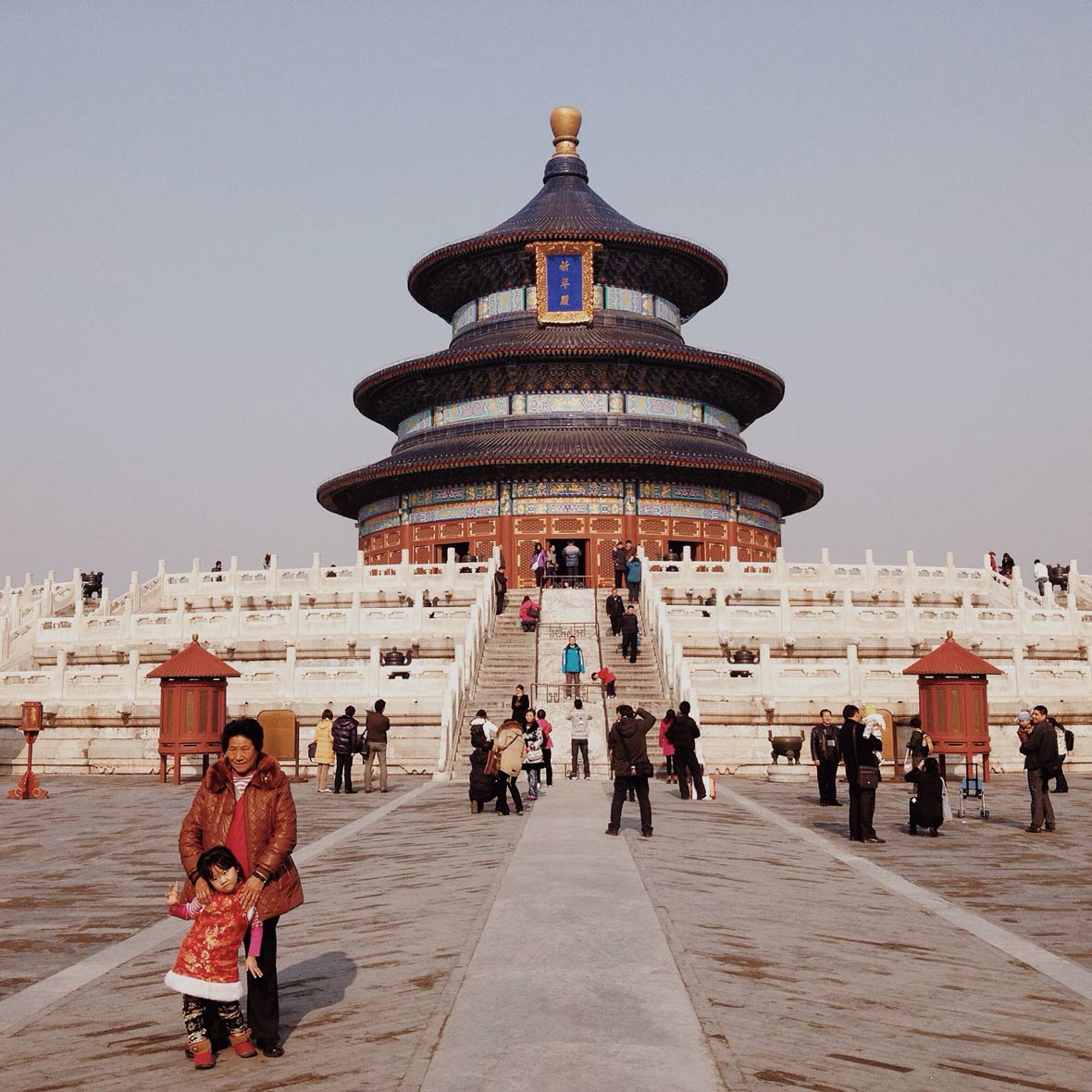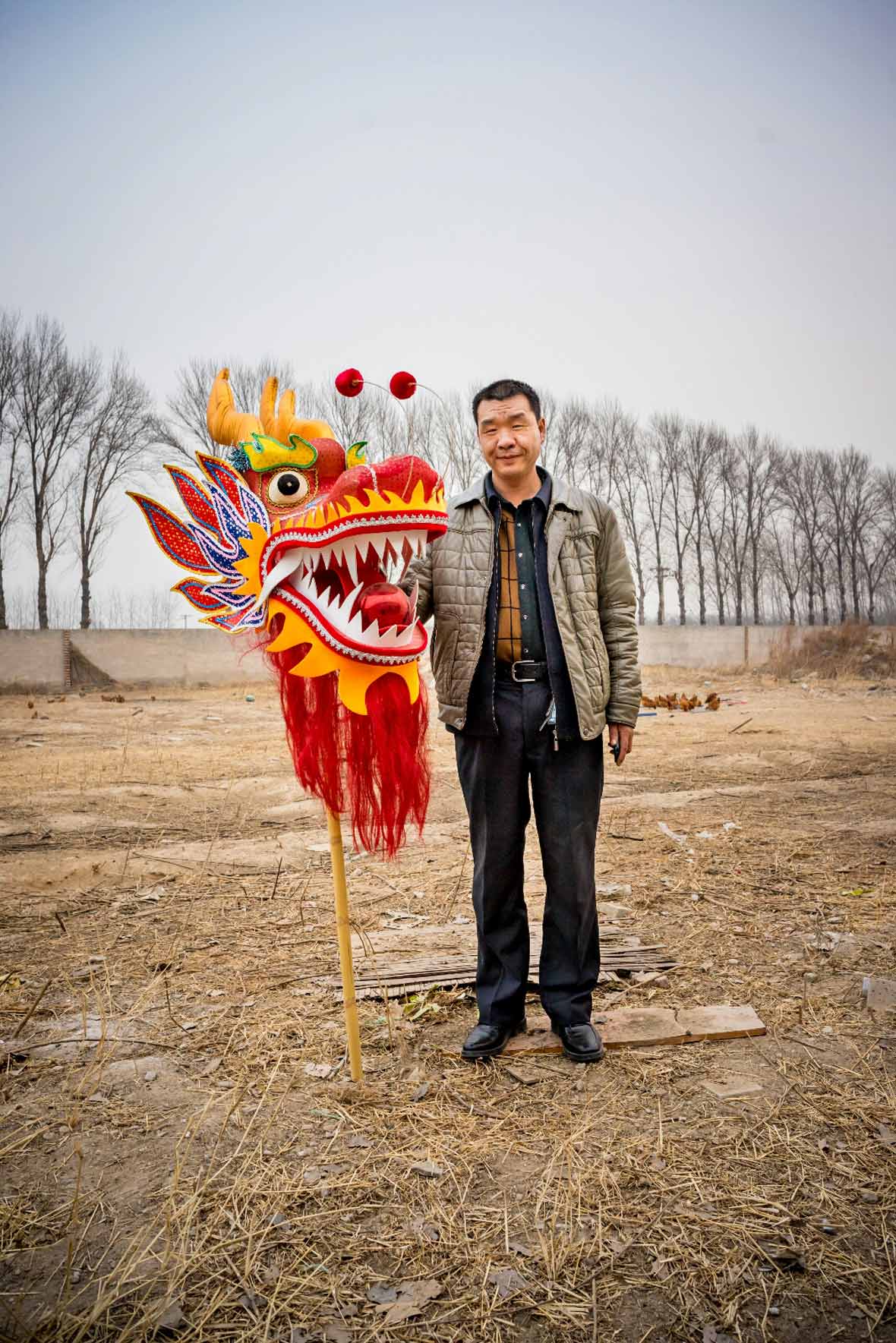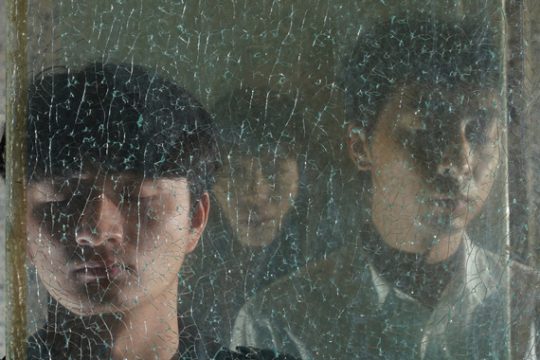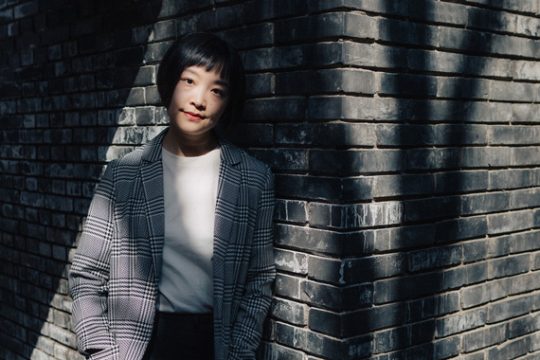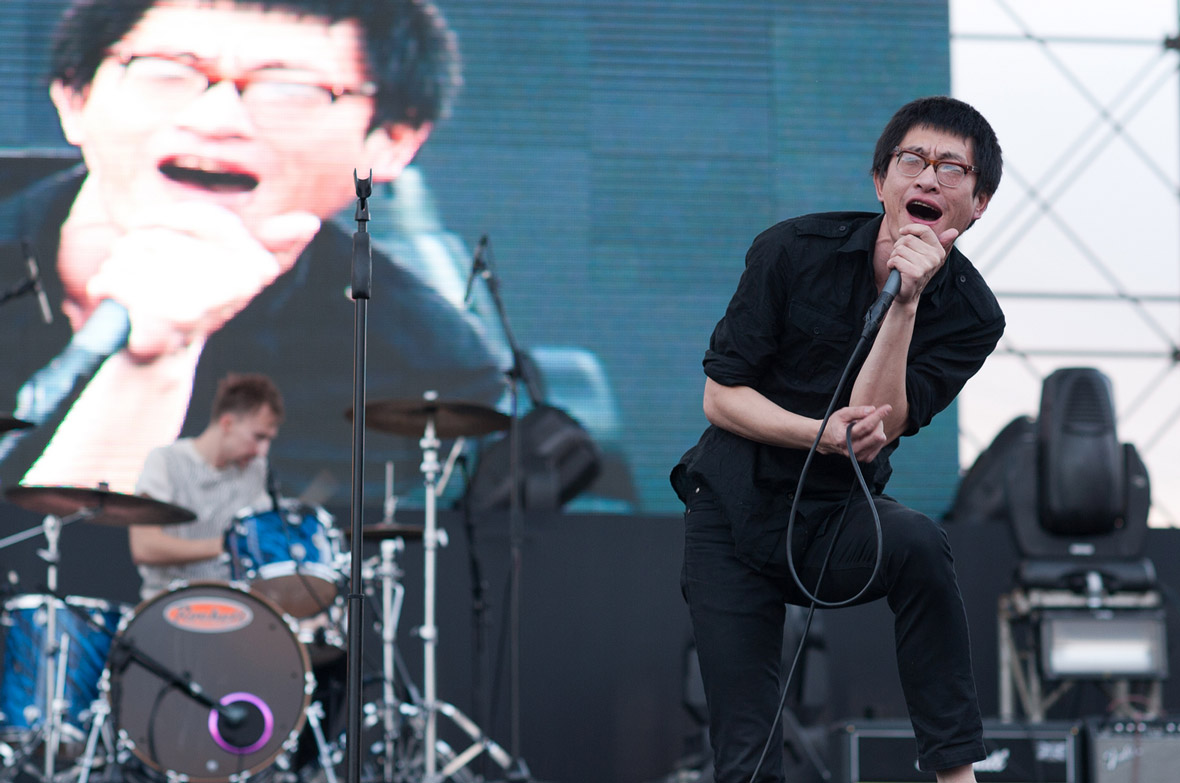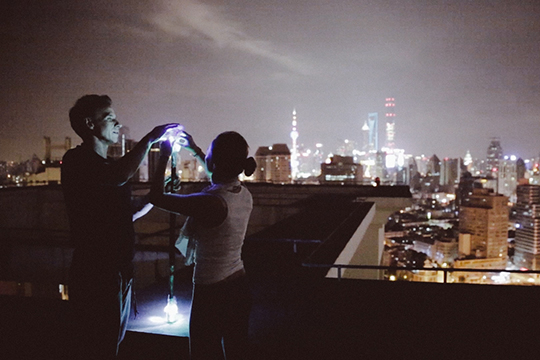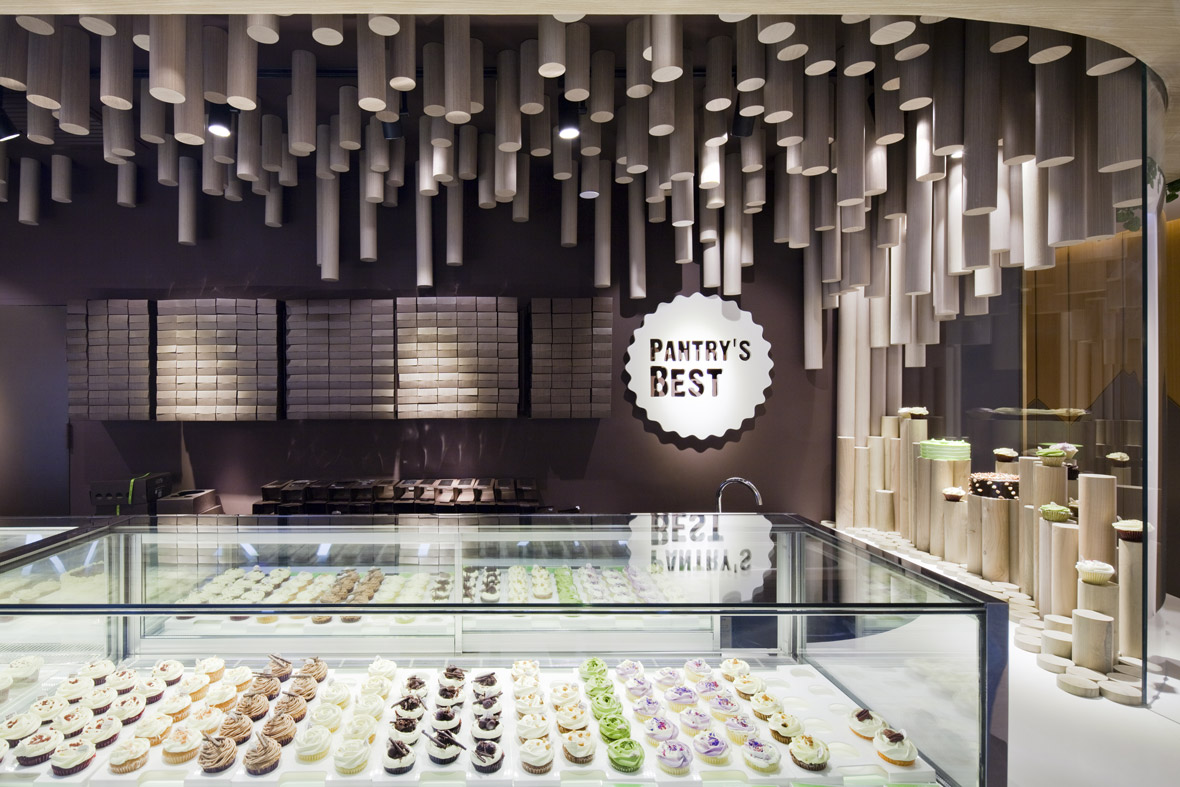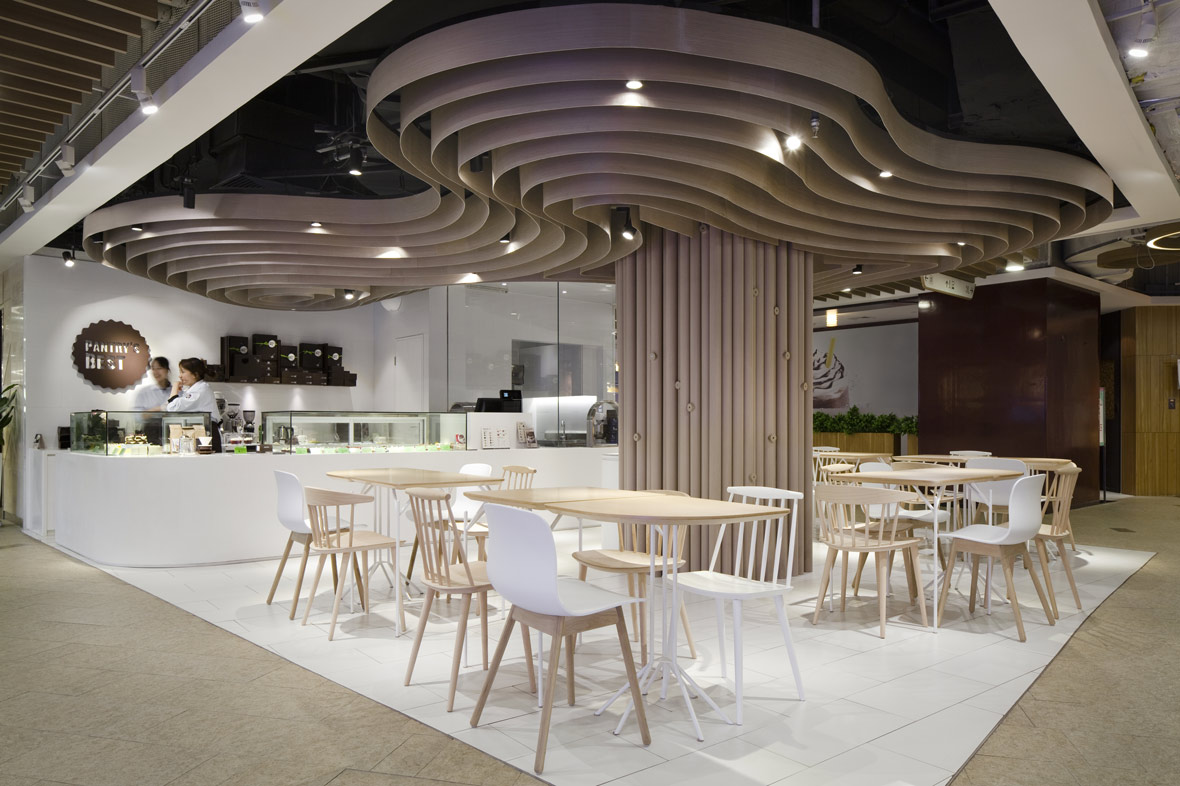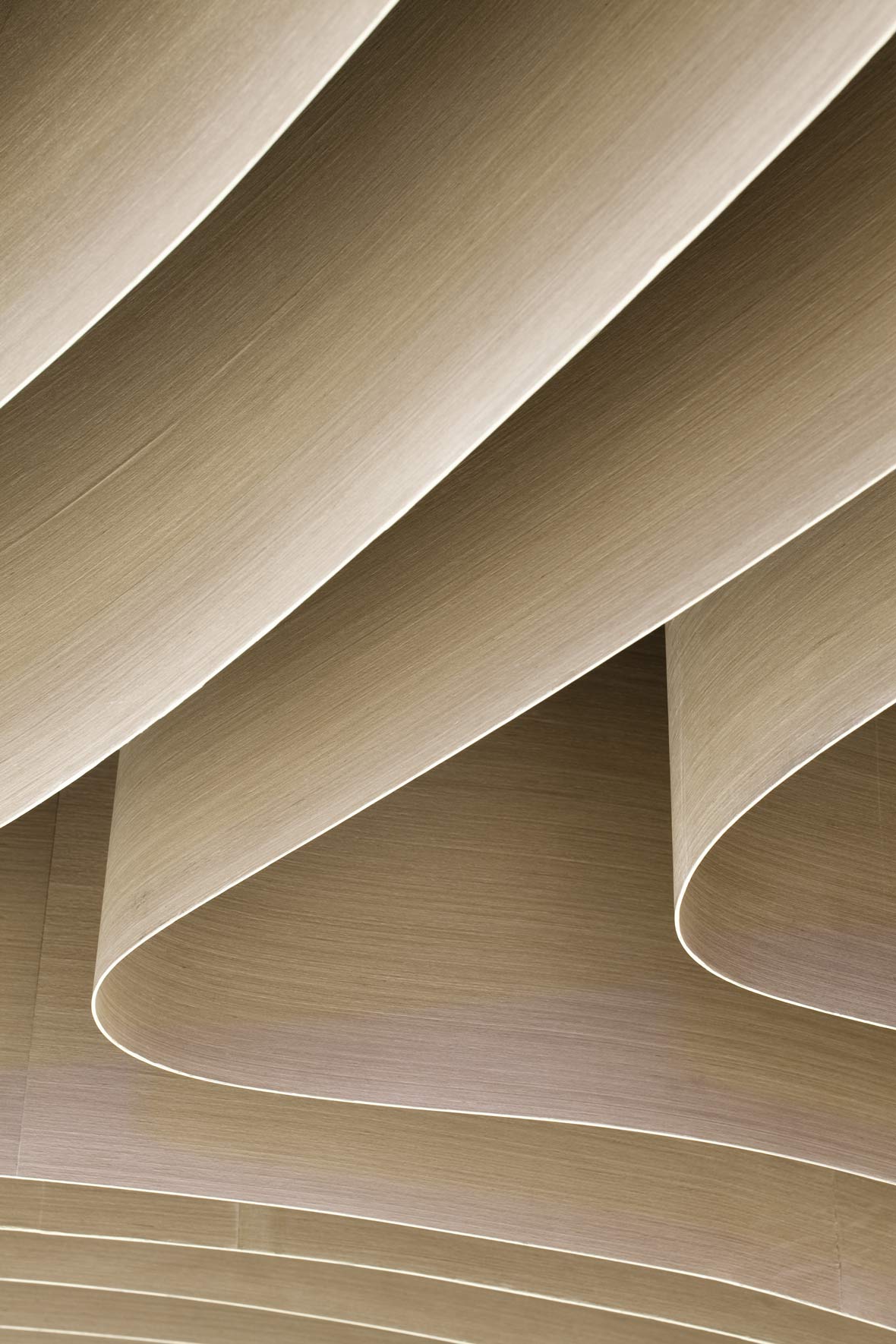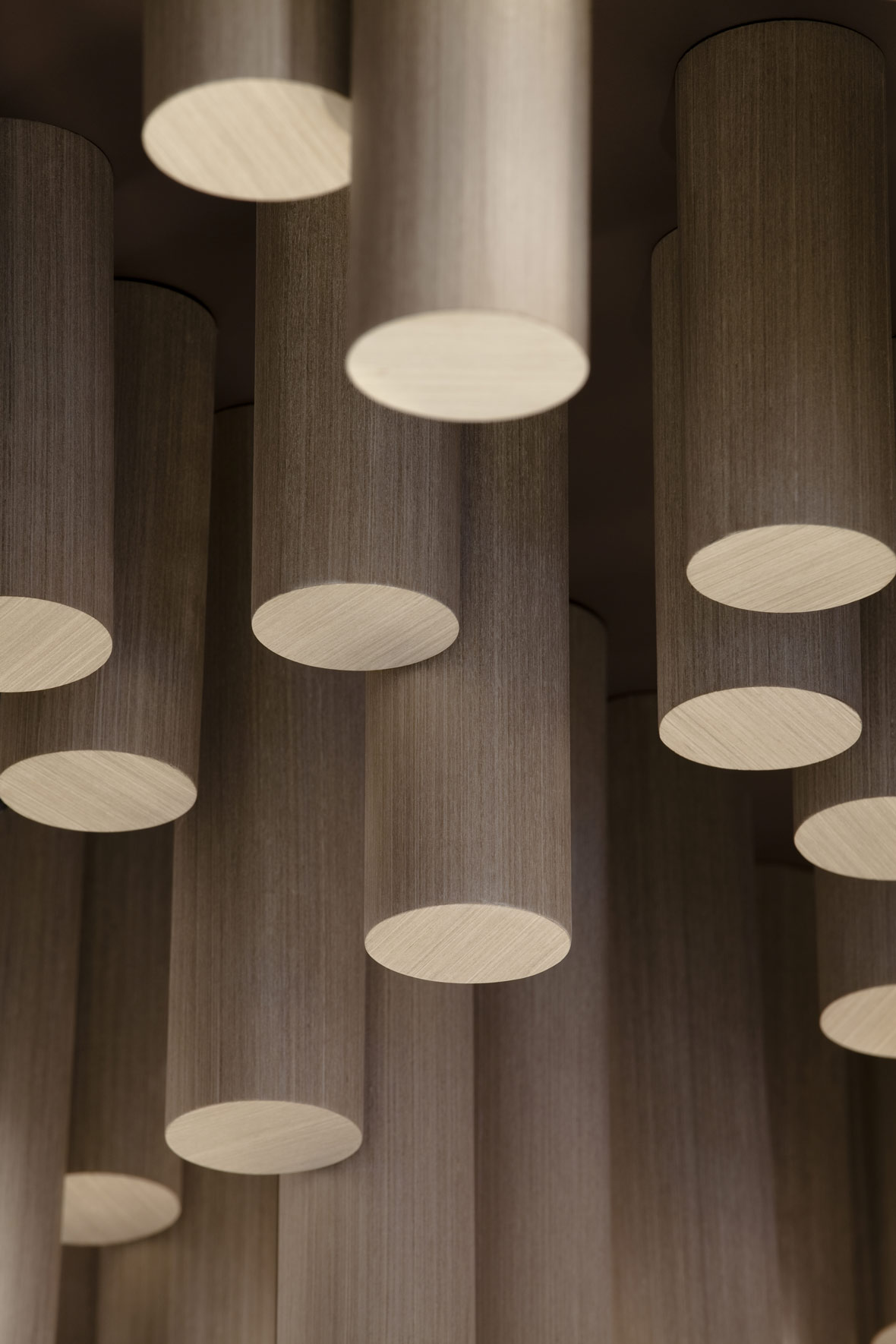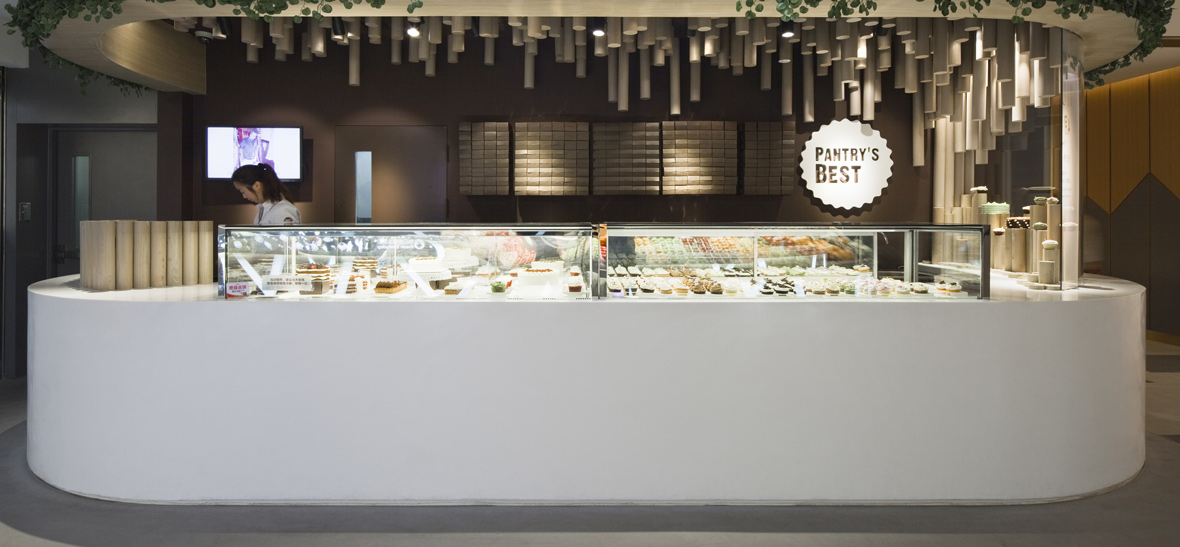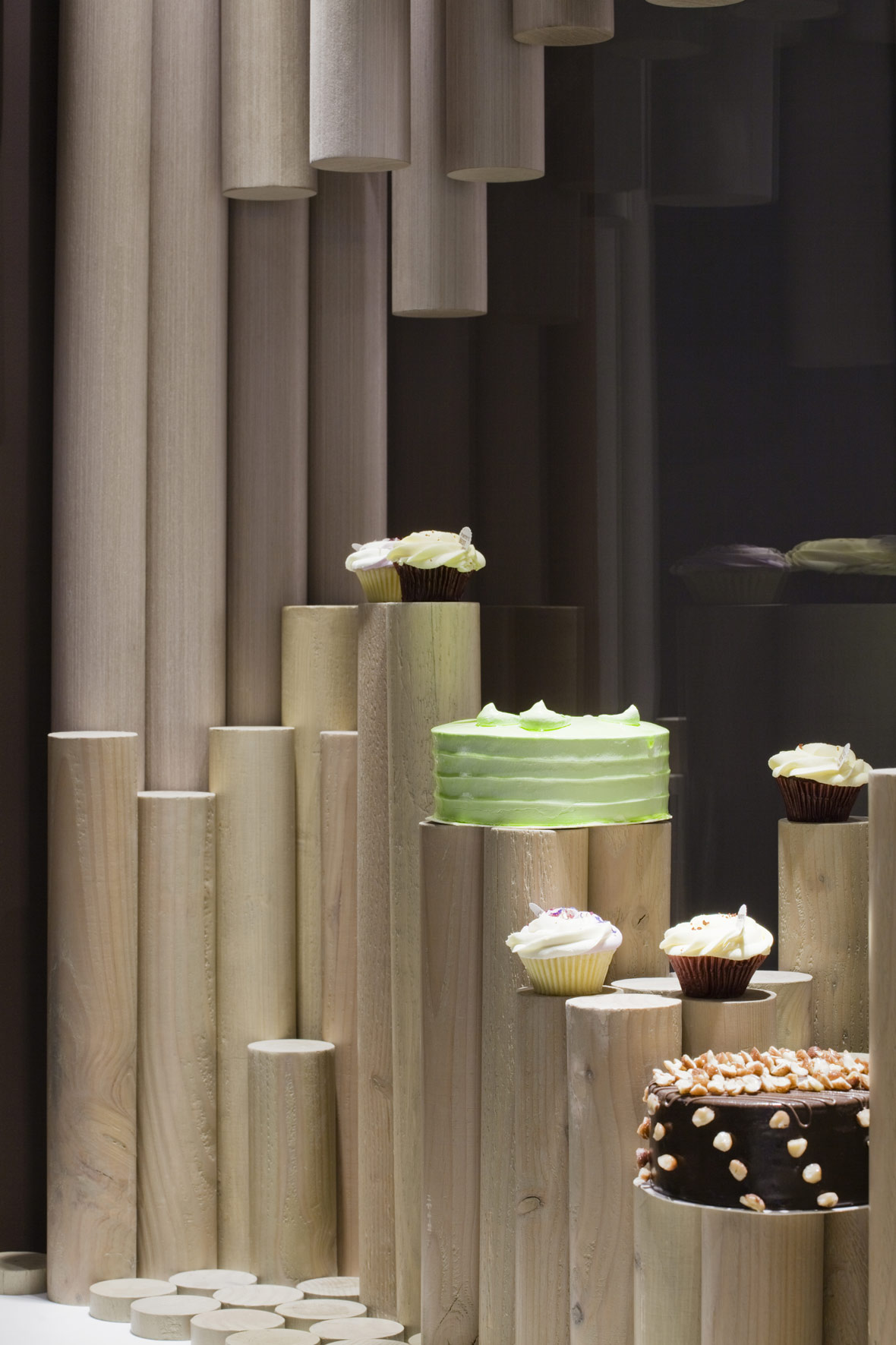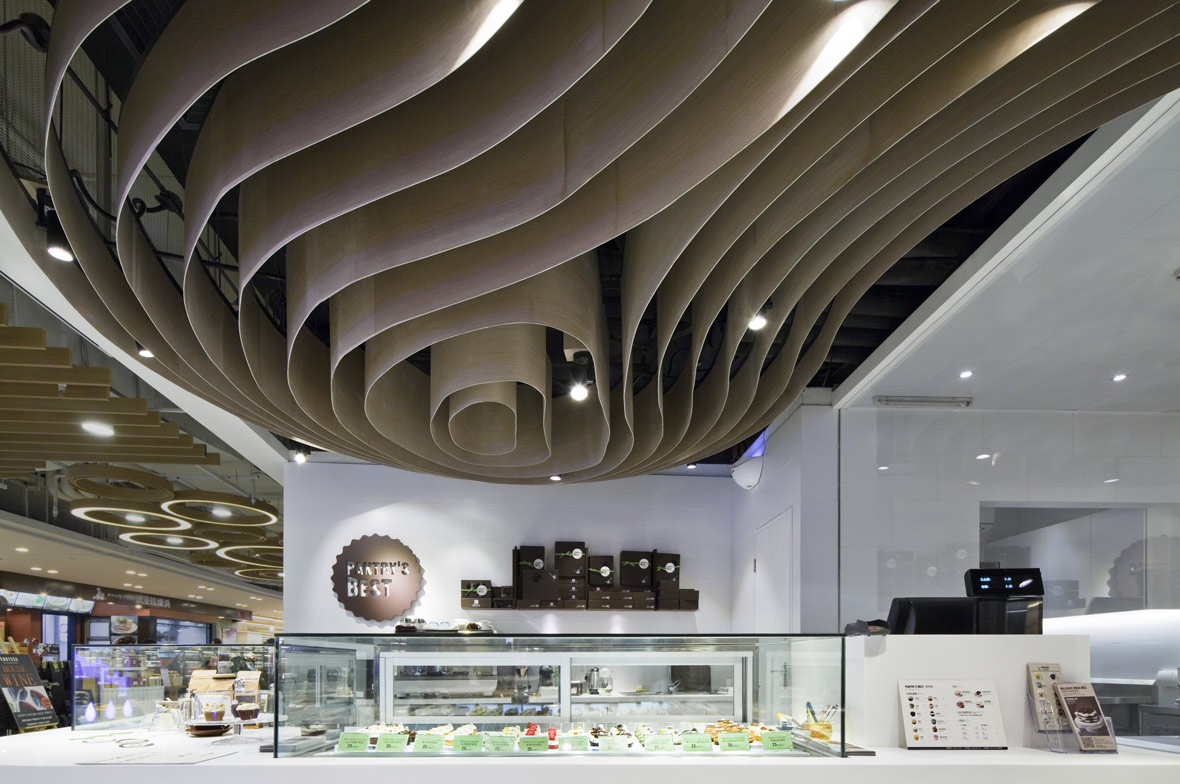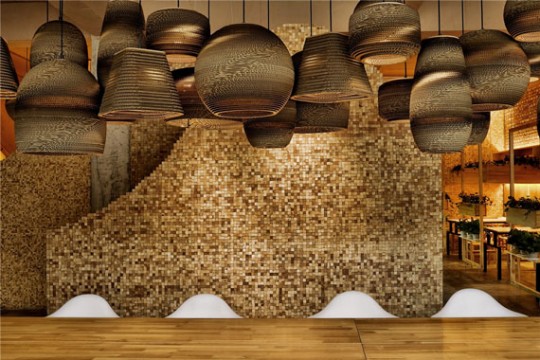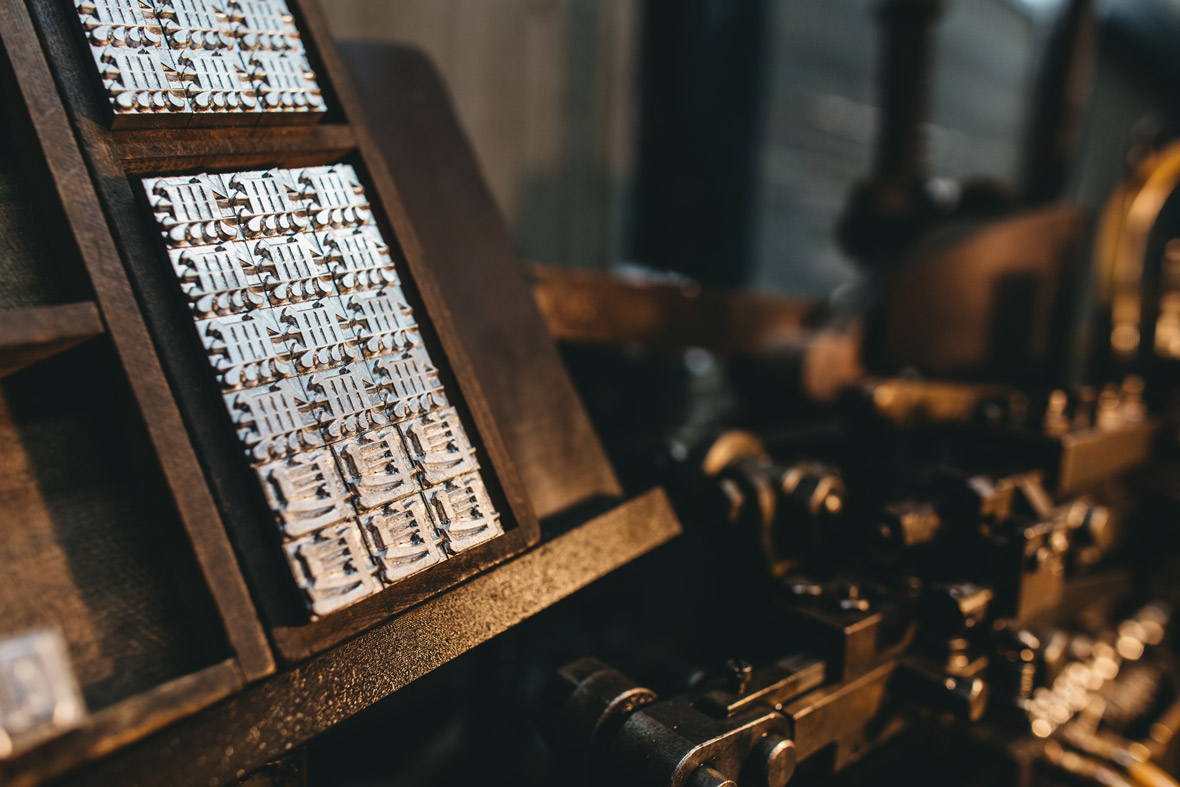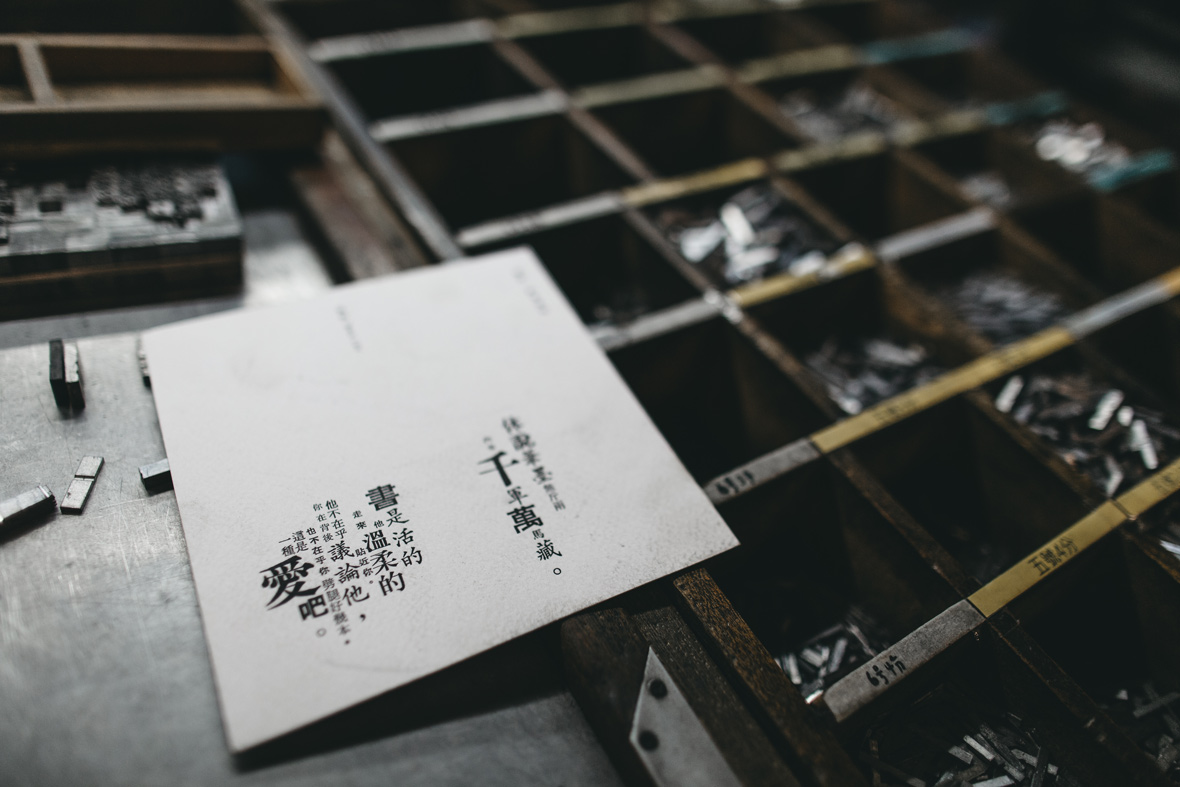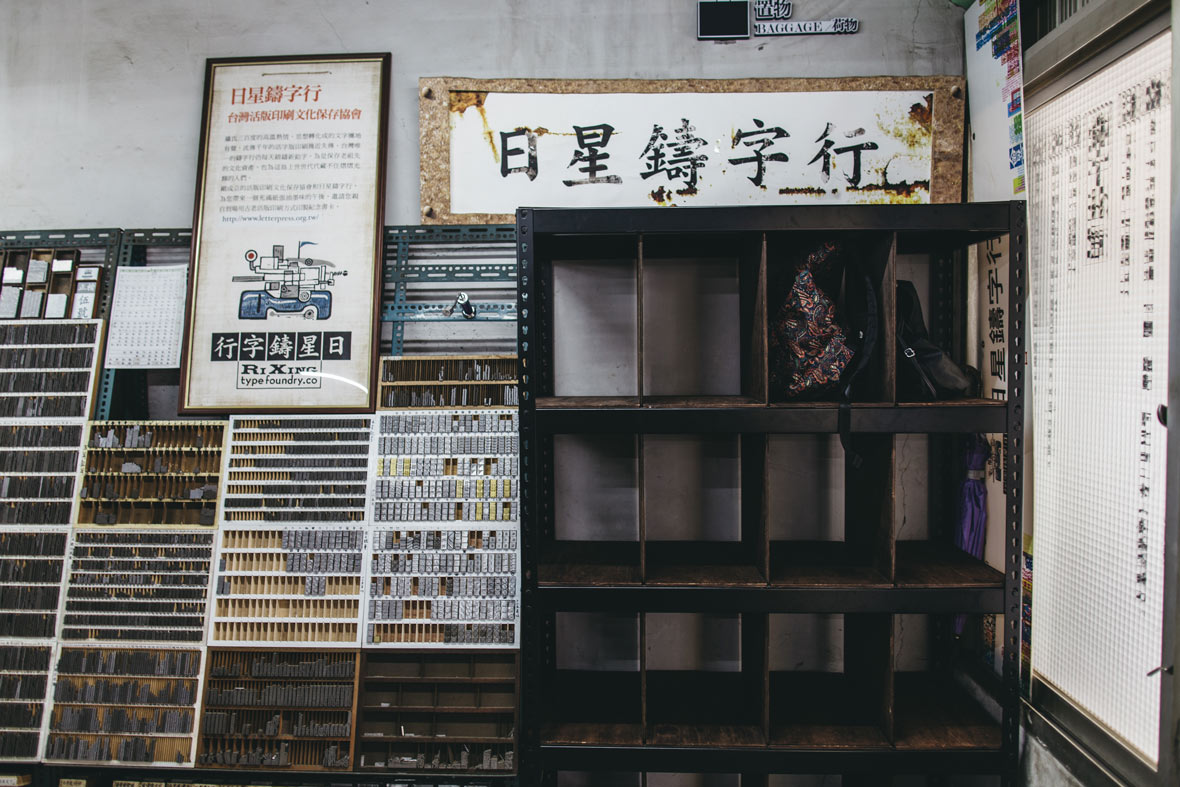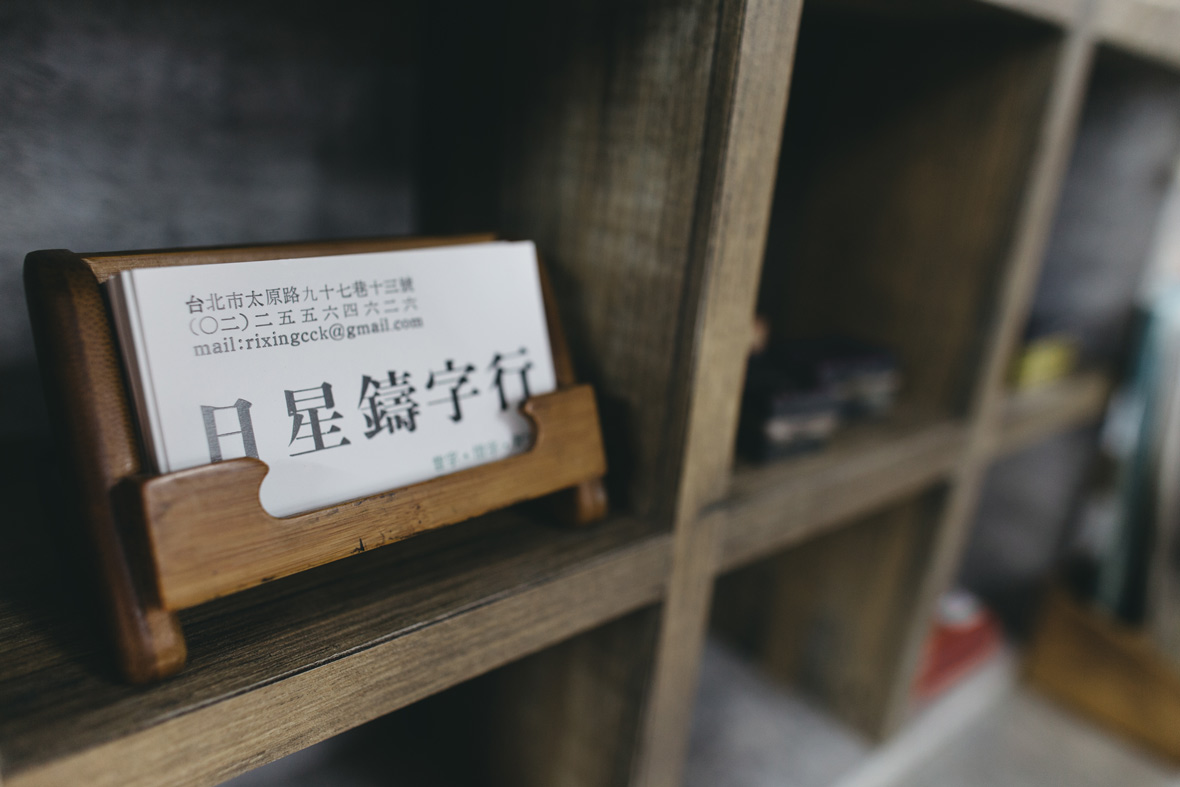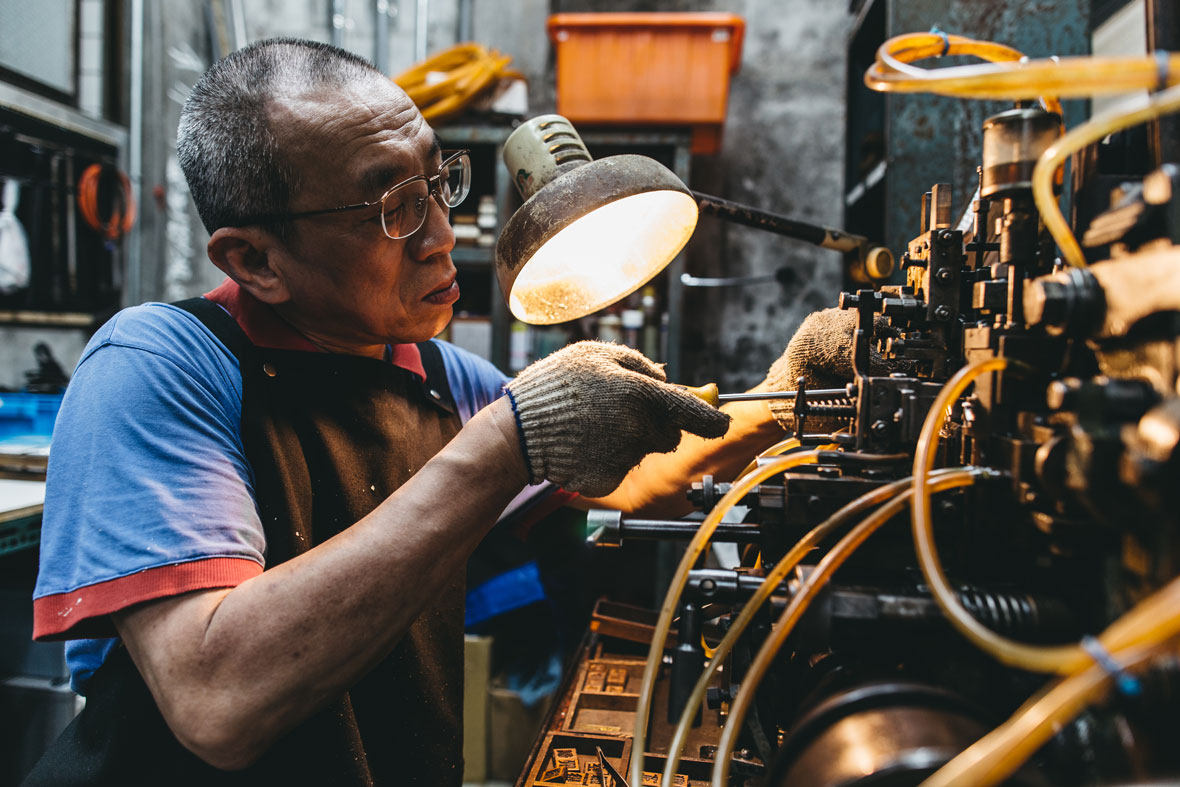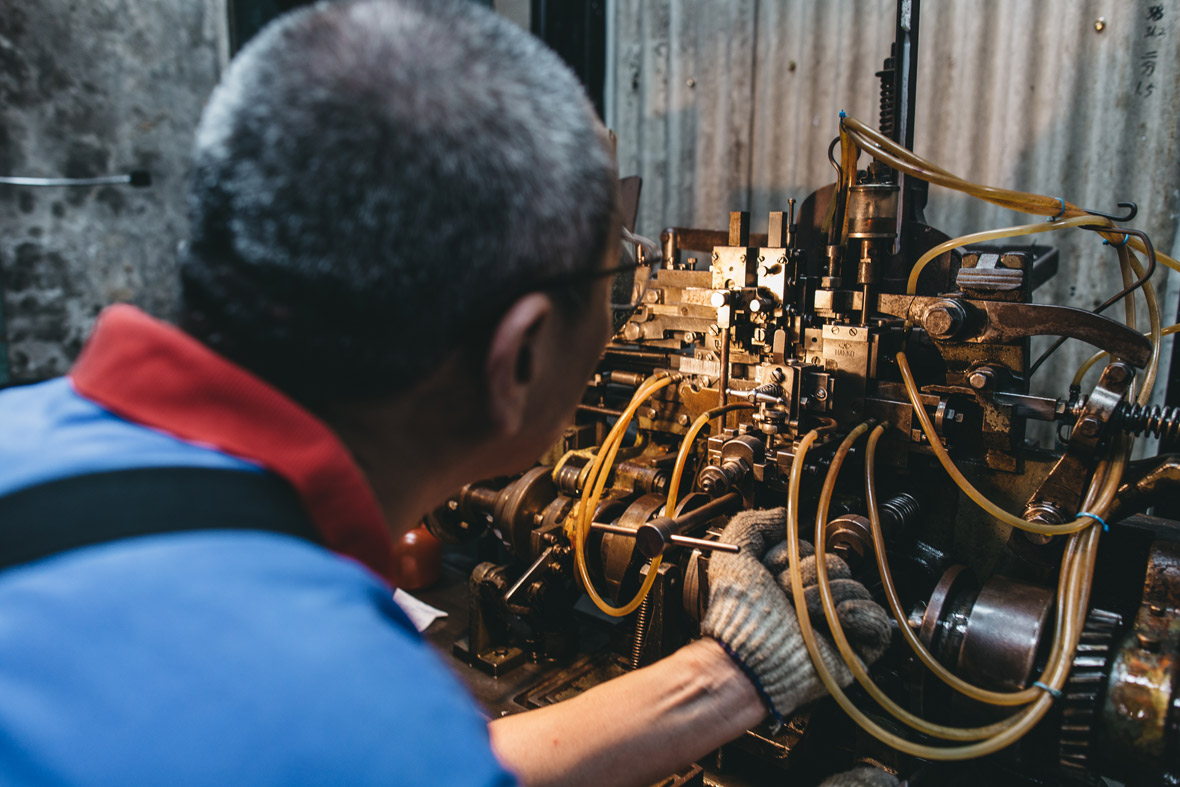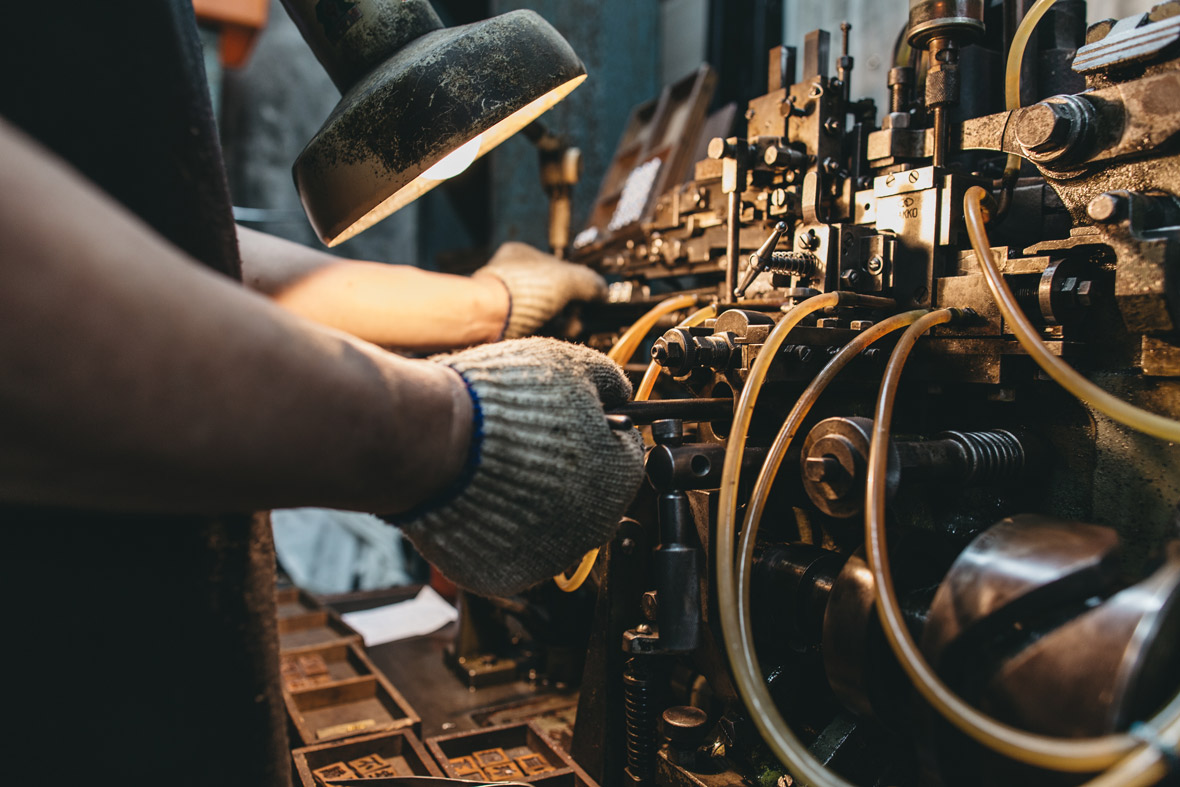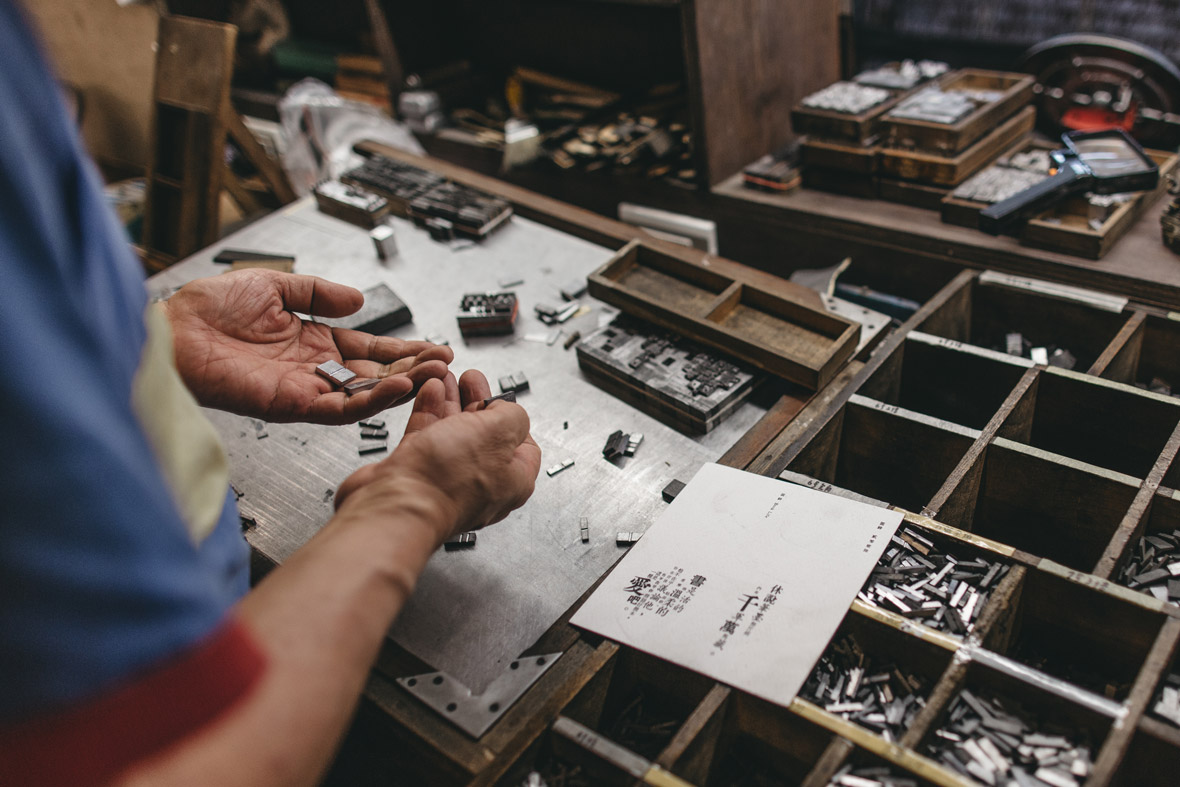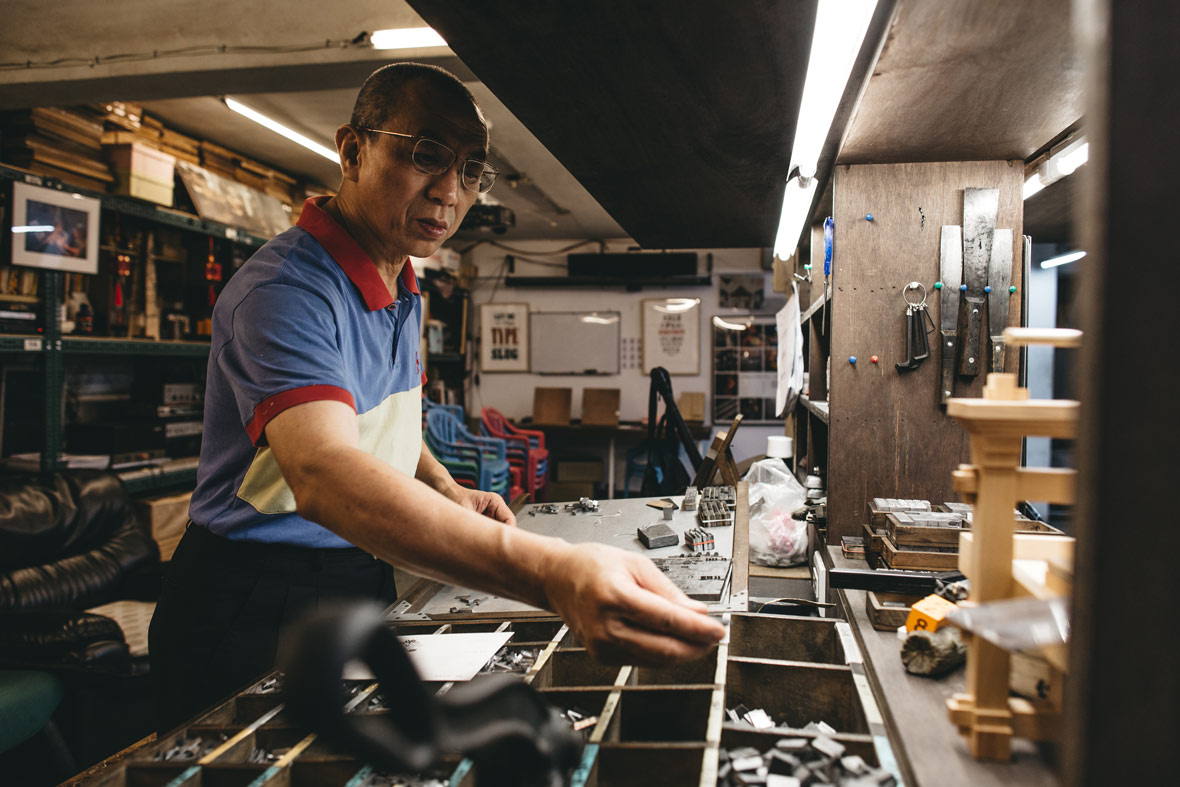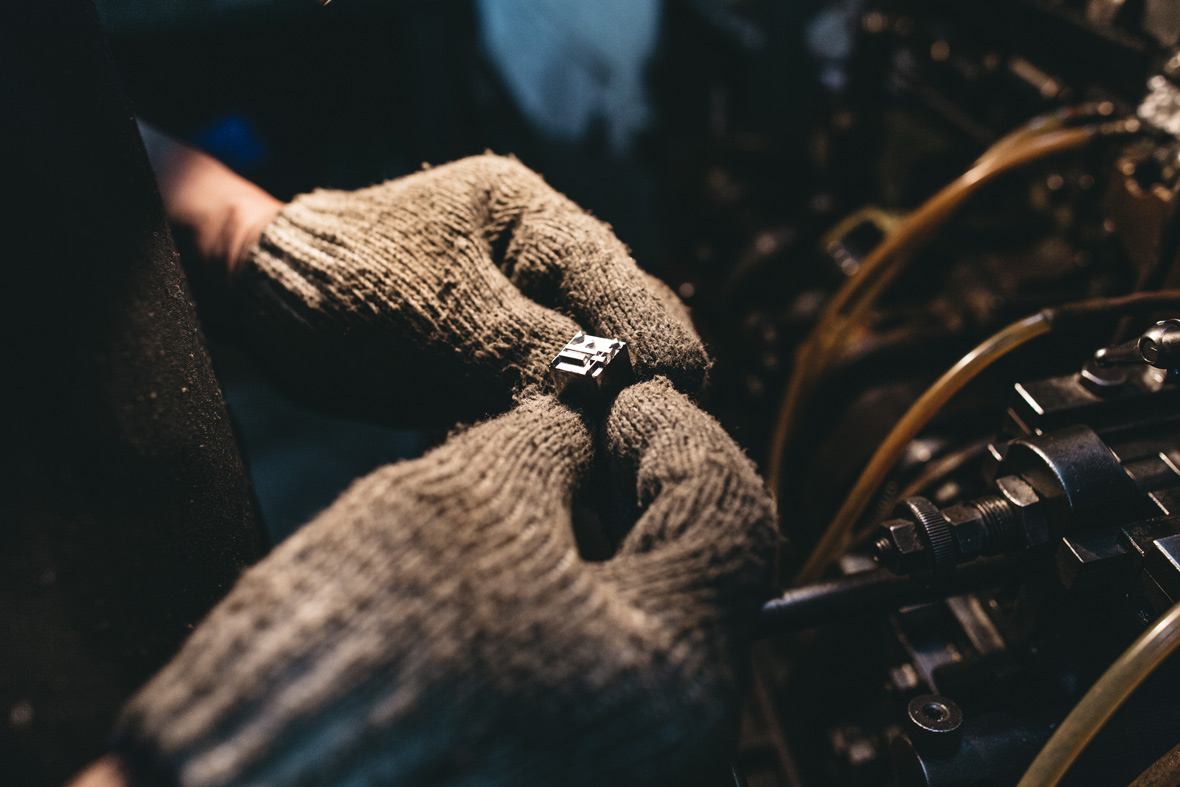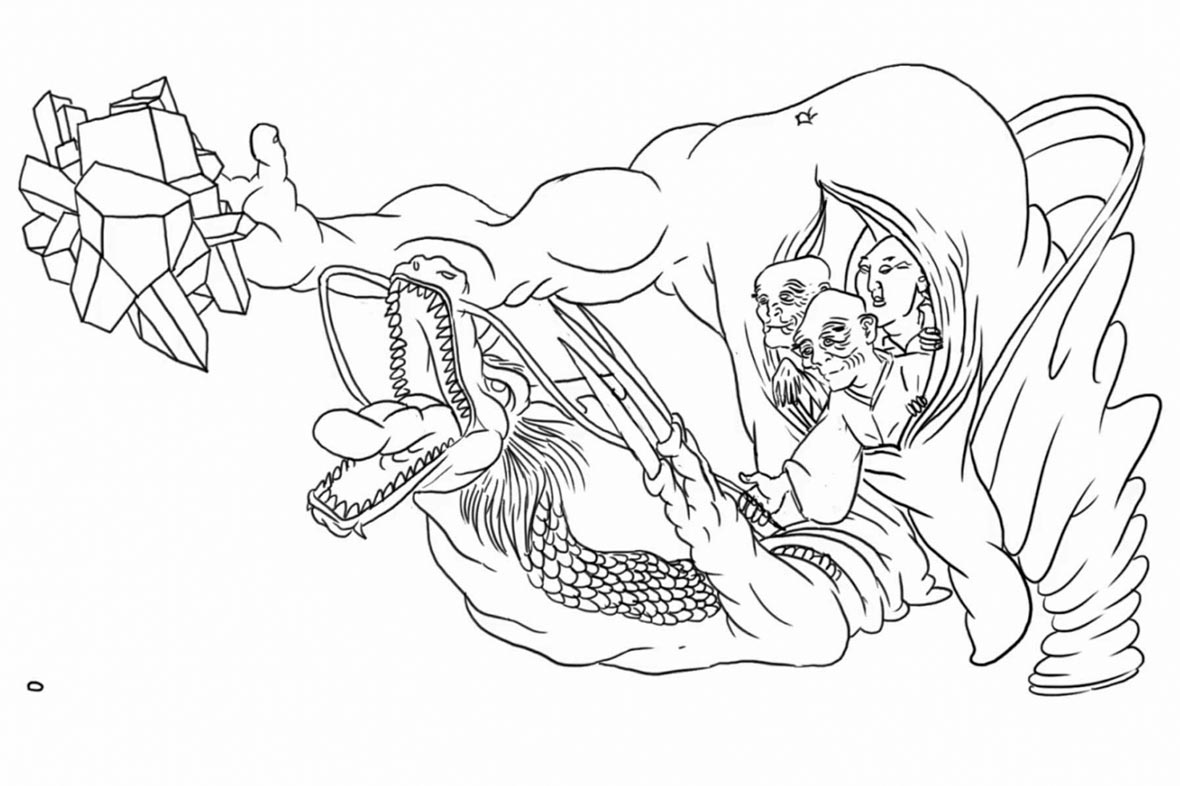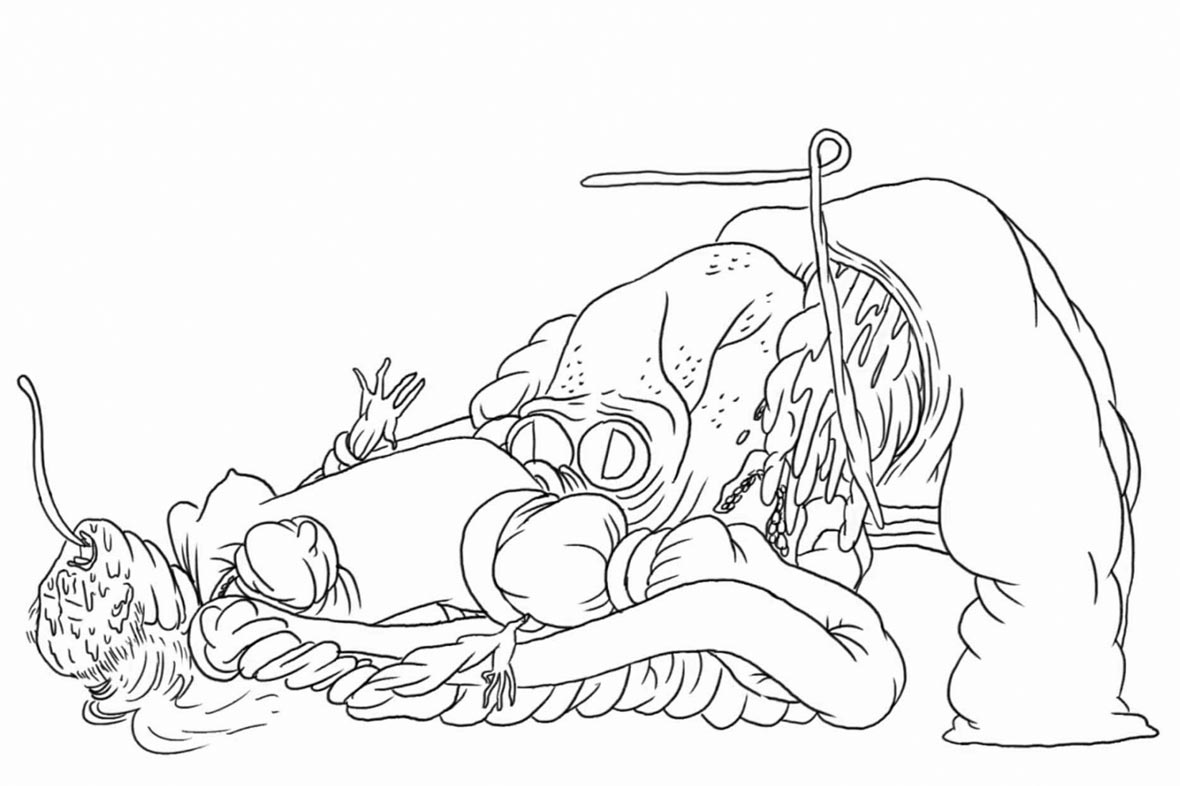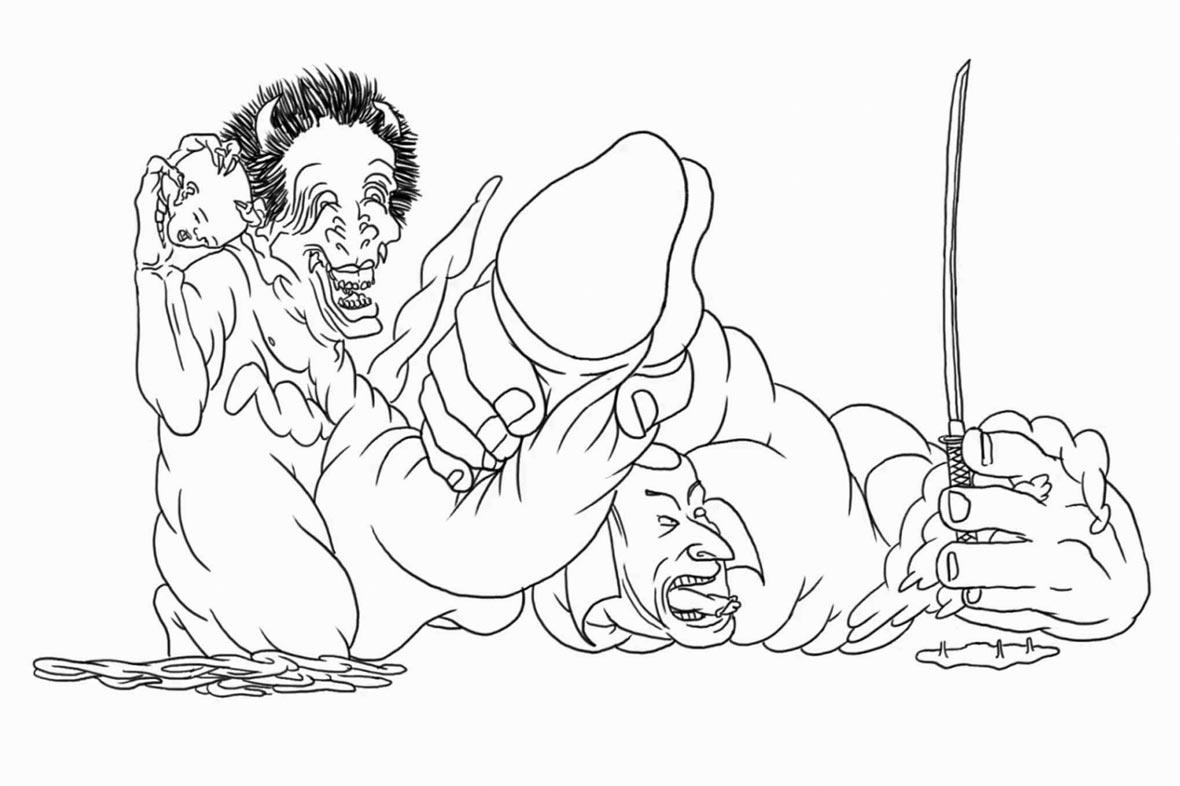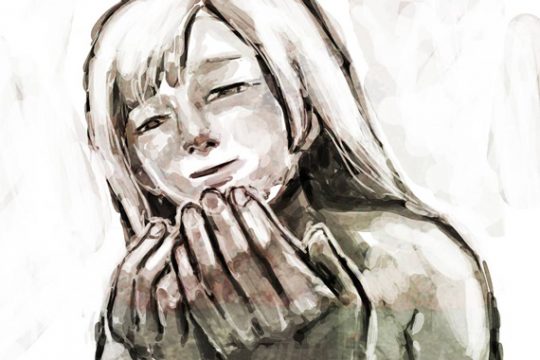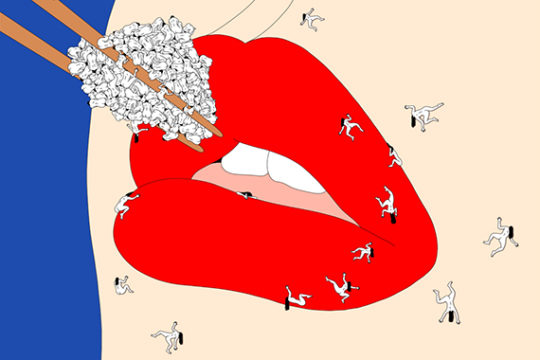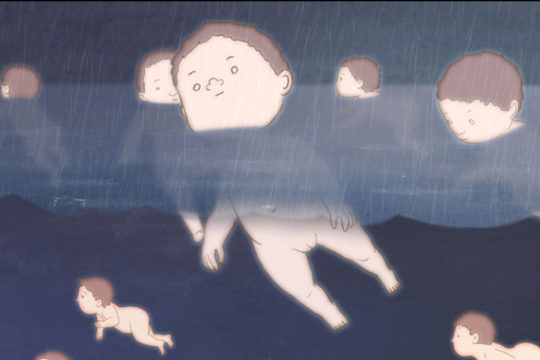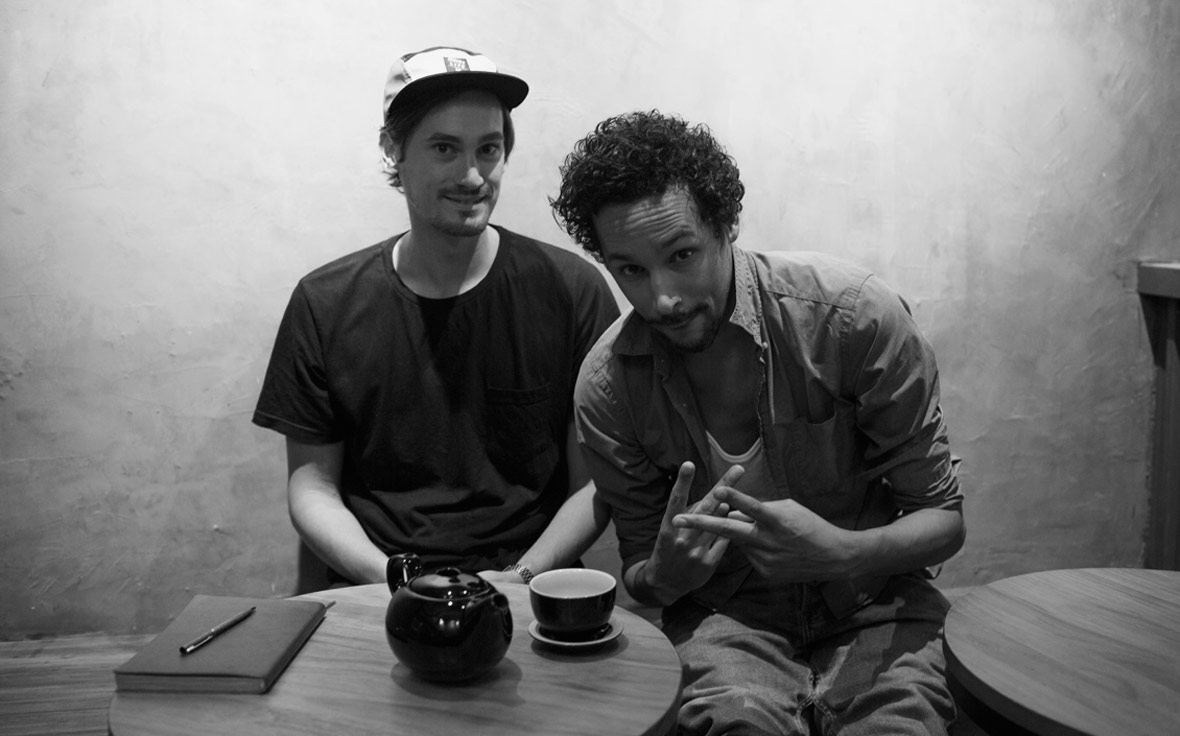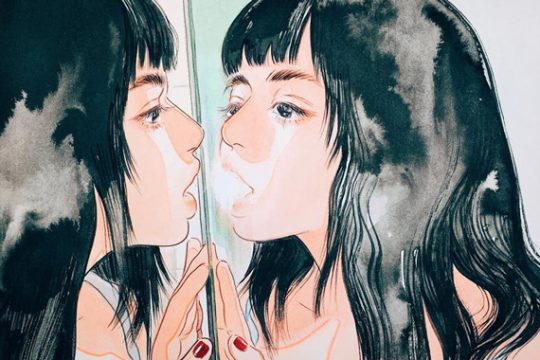
Sarah Ong and Eu-Jinn Teh are the husband and wife duo behind The Silver Lining, an awe-inspiring space in which the couple share their collective love for “life, people, gatherings, nature, creativity and art.” The pair recently travelled to Myanmar, to explore the country in which Sarah’s parents grew up before immigrating in 1971. This journey brought Sarah and Jinn to the peak of ancient temples, into the thick of bustling local markets, and floating through Old Bagan on a hot air balloon. Below, they relay some of the highlights of their Myanmar travel log and share a few travel tips for enjoying the very best of Bagan.
Once home to over 10,000 temples, the otherworldly historical city of Bagan is not to be missed. More than 2,000 of these ancient and unmistakable pagodas still stand, and walking amongst them seems to transports you back to the 11th century when Bagan was the thriving capital of the Pagan Empire. The temples are mostly dedicated to Buddha, although dotted with the odd Hindu shrine, range vastly in size from imperious monuments several stories high to tiny stupas that only allow one or two people inside at a time. The smoky atmosphere (attributable to the numerous household cooking fires in the area) and entirely unique landscape makes every single sunrise and sunset a breathtakingly different experience.

Present-day Bagan is separated into three distinct regions – Old Bagan, New Bagan and Nyaung Oo. Old Bagan is the heart of the old city where you’ll find most of temples. There are a number of hotels and resorts but they tend to be pretty pricey. New Bagan was essentially created by the government to prevent locals from living in and among the temples and is honestly fairly bland and characterless. There are many very affordable places to stay In Nyaung Oo, and the town is a fun 20 minute bike ride from Old Bagan. It is also home to F.I.T. Street where you will find a number of great restaurants to eat. You can get to and around Old Bagan by foot, bicycle, electrical bicycle (E-bike), car and even horse cart if that so tickles your fancy.

The number one experience is a hot air balloon ride that takes you on an unforgettable, peaceful sunrise glide over the heart of Old Bagan, just high enough that you feel like you could graze the very top of the Dhammayangi Temple. There are three ballooning companies, all of whom cost roughly the same, setting you back a hefty $350 USD per person, a worthy price for the experience.

For another magical sunrise experience that’s completely free, cycle to Bulethi Pagoda at the break of dawn to catch the balloons wafting by. This is still a relatively unknown sight, and definitely worth becoming a morning person for. Must-see pagodas include Shwesandaw during sunset (expect crowds and tour buses but also a sunset that will make you forget about them all), Dhammayangi, Ananda, Htilominlo, Sulamani, and Manuha Paya (for its giant reclining Buddha). The best thing to do is just generally get lost in and amongst these ancient structures and just go wherever your exploring feet take you.

Nyaung Oo Market is also worth a gander. Beyond the food market, there are many beautiful fabric stores. The region is known for their exceptional lacquer ware, an ancient craft that originated from China. It involves a labour intensive process that consists of building up over 20 layers of various naturally occurring substances to create beautiful and very hardy pieces, which can range from very functional bowls and plates to purely ornamental art pieces. There are, as always, cheap knock-offs but search out a place called Lotus Collection in New Bagan to find an artisanal studio versus a number of the larger factories that give off a “mass-produced” feel.
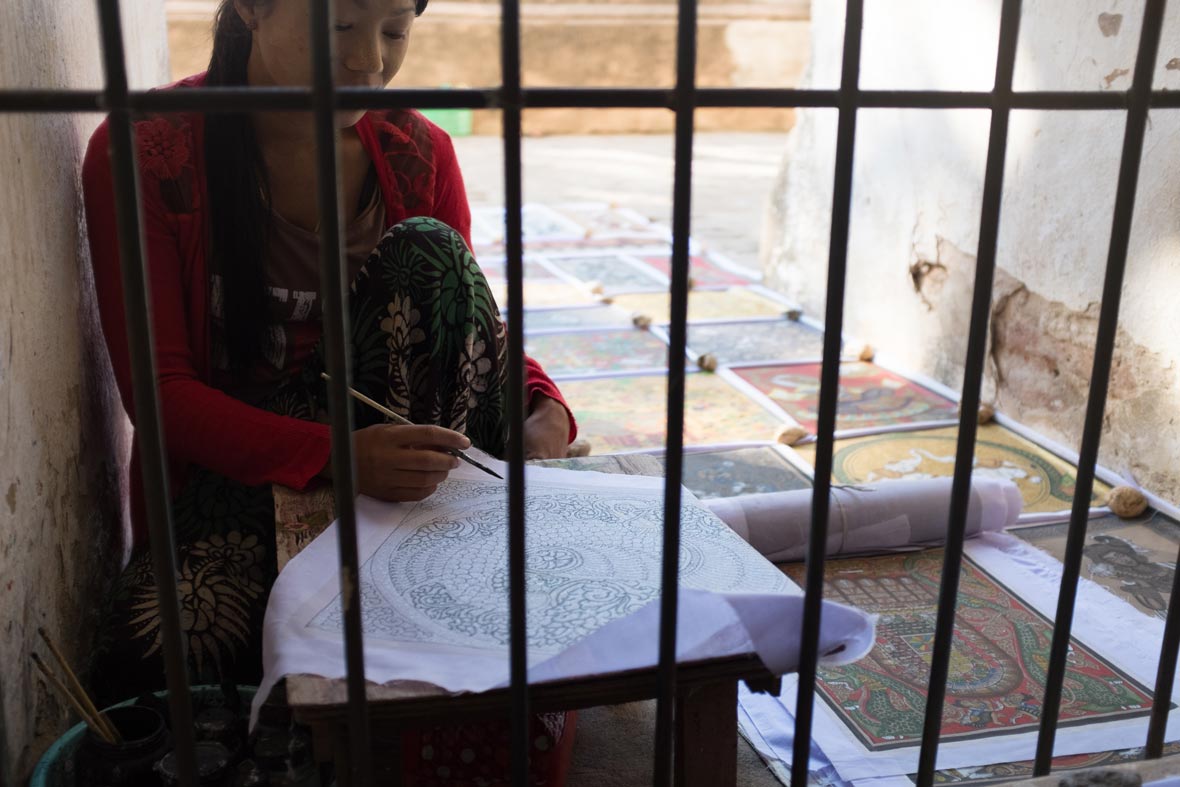
Bagan is accessible by air, road, rail and boat, depending on where you’re coming from. Coaches are available and are a good way to see the countryside but can take a long time (around ten hours from Rangoon/Yangon). Be sure to bring along your camera, a pair of energetic legs for cycling and pagoda climbing, a bit of extra cash for an unforgettable balloon ride, and your best mingalaba (a Burmese greeting that means “May your day be filled with auspiciousness!”) to soak in and explore Bagan, a truly historical and spiritual centre of Myanmar.






